|
Our entrance to the past is through memory and the act of Re-Membering. The physical act of closing the eyes is associated with sleep but also with being in a reflective and meditative state. Going inward, visualization and seeing with the ‘minds eye’. It is great to be in conversation once again with Wysing Arts Centre almost one year after residency there as one of the artists commissioned to paint a sculptural globe by The World Reimagined Project in 2022. I feel very honoured and excited at being commissioned by Wysing this year to create artwork for their billboard project. Transported back to memorable spring walks to the bus stop and local shop. The uneven grassy verges and tractor trails demanded walking at a slower pace. This allowed closer observation and enjoyment of my surroundings, the plants and spring growth. I recall the tranquillity of the site and how much it meant to be in a supportive environment with people who understand the importance of reflective time and space for artists. I smile as I think of my busy life since my return home to Dominica and the popular perception that Caribbean life is always ‘chilled out’ and relaxing. This opportunity allows once again time to reflect and create. History and Context Living in Dominica ‘Nature Isle of the Caribbean, it is difficult to view present day life and history as separate. The very nature of our island Creole culture is as entangled as the roots in our verdant landscape. Land of lofty mountains, 365 rivers, surrounded by water with the Caribbean Sea on the West and the rough Atlantic Ocean on the East coast. Dominica is located between the French islands of Guadeloupe and Martinique. It was occupied by Spain, France and Britain and was once a strategic British colony, finally gaining independence in 1979. Daily interactions with land, people and related emotional responses is an ongoing participatory process. Craig Chalquist psychotherapist explains the theory of terrapsychology which explores “How things of the world get into us” (Chalquist, 2020). In reading about Dominica’s history of trade and empire it never ceases to amaze me that iconic figures of British history such as Drake and Hawkins referred to the island of Dominica as a convenient spot for ‘Refreshing’ (Bart, 1910). In history lessons at school in Britain I showed little interest. The history taught was one sided and fragmented….nothing to do with me. Dominica is one of the few islands in the Caribbean still to have an indigenous Amerindian population, known as Kalinago. Their culture is steeped in plant knowledge which they use for housing, crafts, food and medicine. Enslaved Africans who were brought to the island to work on the plantations also came with a knowledge bank of information of plants which they used for both spiritual and physical healing in their new home. Having spent my formative childhood years playing in this verdant landscape, surrounded by this rich history within a community of farmers, gardeners and agriculturalists, it is no surprise that botanical histories arouse my passion. Wherever I travel a particular plant speaks to me in relation to my time spent in that place. Whilst at Cambridge last year my research into plants with economic and colonial connections highlighted the pineapple (Ananas comosus) as such a plant. I was on a quest for ‘Golden Pineapples’. They appeared entangled in the very architecture of stately homes and museums in the area. At Fitzwilliam museum there were pineapple shaped Staffordshire teapots preserved behind glass cabinets, paintings on walls and pineapples moulded into the very ceiling and exterior balustrades of the building. The pineapple as a symbol, as it was in colonial times is forever imprinted on my mind. Researching the history of the area Wimpole Hall, a stately home aroused my curiosity. it was included in The National Trust interim report of properties with Colonial and Slavery connections. My interest were drawn to Philip Yorke 1st Earle of Hardwicke (1690 – 1764) who together with Charles Talbot issued the 1729 ‘Yorke – Talbot’ opinion. This stated that runaway enslaved Africans coming to Britain were not free and could be legally returned to the plantations in the West Indies. In recent reading of the historical novel ‘Dangerous Freedom’ by Lawrence Scott, the traumatic significance of this notion was brought home to me through the emotive writing of this author (Scott, 2020). The cost of one pineapple plant in that period was phenomenal and there are accounts of pineapples being grown successfully at Wimpole. Gardener James Dall recorded a patent in 1830 for pine pits which were very efficient for growing pineapples without fire or heat. These proved very efficient and it is recorded that over 500 plants were grown and 250 fruit being cut annually (The Repertory of patent inventions and other discoveries and inventions, 1830). Pineapples were an important medicine and food for indiginous people in the Americas and considered a welcome symbol. In 1496, on Columbus’ return from his second voyage to the Americas, it is recorded that he brought back pineapples from the island of Guadeloupe. He called the fruit the "pine of the Indies" due to its resemblance to a pine cone. The indigenous people at that time referred to it as Ananas meaning “excellent fruit.” Pineapples like sugar and cotton have a history intrinsically linked to Empire and exploitation and genocide of Indigenous Amerindian and African people. As Corrine Fowler highlights in her book ‘Green Unpleasant Land’, this is a shared history which created wealth for some and poverty for others (Fowler, 2020). Alluring and ‘exotic’ the pineapple stimulates the senses of sight, taste, smell and touch. It is nutritious, has amazing patterning and is an excellent fibre source. This plant is well worthy of reflection and conversation relevant to social and ecological issues we face today. Spiritual Associations The 'exotic' appearance of the pineapple gave it a mythical quality. This fruit also has spiritual associations, the shape seen as being similar to that of a pine cone, a symbol often used to represent the pineal gland. The pineal gland is a light sensitive gland located in the human brain which produces the hormones melatonin and serotonin which help regulate the sleep and wake cycles. Many indigenous cultures believe in the third eye, a place where intuitive thoughts are formed and the home of the spiritual soul. This concept is depicted in artistic works throughout history. Researchers in recent studies have found that eating tropical fruits such as pineapples can increase melatonin in the body and help to improve sleep and health. Concept and Process I let intuition lead ideas, reflecting on the words of art therapist Mersch who states that re–search is a question that questions its own quest (Mersch, 2017). It seems a natural that I continue my pineapple quest as I explore creative processes for this commission through a filtered and entangled natural lens. The original inspiration came from a leaf skeleton found on a walk to Jacko steps, a nature hike following the trail named after the leader of the maroons of Dominica. Maroons were enslaved Africans who fled the cruel plantations to live in the hills. As I reflect on this painful account of Dominican history, the skeleton leaf acts as a filter through which to view the world. The ribs represent veins, boundaries, networks, each section having its own entangled history and narrative. I intend to recreate a leaf shape using extracted pineapple fibres and techniques of hand meshing and weaving to create a natural and entangled lace. This will be positioned over a painted natural dyed background. One of my aspirations as an artist is to develop the Japanese concept of Wabi Sabi and the principle of natural simplicity which highlights the quality of materials. Reading historical narratives of pineapples impaled as trophies on fences by sea captains when ships returned to port as a sign that they were home and open for business. I draw mental comparisons with images depicting horrific stories of the maroons of Dominica whose heads were impaled on posts along the roadsides. This was a deterrent used by British Colonial administrators to stop others who may have tried to escape the barbaric system of chattel slavery in operation on the plantations. The book Maroons of Dominica (Honychurch, 2017; Pattullo, 2020) speaks of British administrator Ainslie who made it his mission to torture and kill the entire maroon community. January 1st 2023 As I reflect on the New Year I have been gifted some long pineapple leaves by a cousin who made a point of telling me that she had to ask the plants for the amount I requested. This reminded me that we should always show gratitude for what we take from nature. I am very grateful for the unusually long leaves of this variety of pineapple (Ananas comosus L.). I begin with a process of stripping the sharp saw like edges occasionally getting pricked along the way, a reminder that history can be very painful. A scraping method reveals long silken fibres. Entangled fibres, residual pulp, prickly spikes. This is a process of illumination. This separating and fragmentation is a reflective and meditative process, a perfect activity on a New Years morning in the Caribbean. What comes to me is the element of time. What is important and useful today? Using natural resources in my work requires more time to process the raw materials into something useful. Time to think, time to be in the moment and observe. How do I keep me happy and focussed and produce meaningful work? What is meaningful work? Extracting the fibres is not a process that can be rushed. Detangling long silken strands from the residual pulp of life. The edges of the pineapple are like a natural barbed wire defences. By being present and enjoying the moment I am able to observe and discover a parchment like layer covering the leaves, so beautiful when a light is shone through. I am able to better connect and understanding the plant discovering amazing wonders of light and revelation. Botanical Dye Colour Palette – Logwood, Annatto, turmeric In order to connect better to the land and develop more sustainable art practices, research and experimentation with natural dyes is a huge part of my life. Growing plants from seed to seed, extracting and processing the pigments is a slow and mindful process which enables better understanding of the life cycle of the plant and their historical and present day context. Annatto (Bixa Orellana) A deep orange red pigment is extracted from the seeds of these spiky pods. The plant is native to the Tropical areas of the Americas and Caribbean. In Dominica it is known as Roukou and was traditionally used by Indiginous Kalinago people as a ceremonial body paint and as a food flavouring. Red is a colour of blood associated with life, death, action, anger, love and passion. It is a colour used by healers as a stimulant and tonic and is associated with mars and attribute of courage. As I reflect on the colour I ask myself what is my red line, my boundary and warning line? What is my blood line? It is also a reminder to check in on self and my health and emotions. Logwood (Haematoxylum campechianum) The logwood tree is native to Central America and West Indies. The blood red colour of the heart wood produces a range of colours from purple to black. Use of the dye can be traced to the Mayan civilization. Before the use of a mordant which is used to treat fibres in order to make the colours more lightfast, the sale of logwood was outlawed in England from 1581. When the ban was lifted almost 100 years later Logwood became a very desirable commodity in European fashion and textile industry. Textiles and dyes were directly traded as commodities alongside and sometimes for enslaved Africans. It was a huge and profitable trade with slave labour used for the cutting of dyewoods in some of the Caribbean islands. The natural compound Hematoxylin is also one of the most common stains in histology, used for staining cell and tissue sections to this day. TUMERIC (Curcuma longa) Yellow is a colour associated with the sun, gold and in many ancient cultures associated with spirituality, said to bring healing to the brain. Tumeric is a rhizomous plant of the ginger family which has an ancient history of use as a textile dye, cooking condiment with natural healing properties. The earliest written evidence of turmeric use as a dye and medicine is found in an Egyptian papyrus dated around 1500 B.C. The plant now grows prolifically in Dominica where it is used as a dye by Kalinago basket weavers and island wide for culinary and medicinal uses due to its anti-inflammatory properties. fractal Health and Wellbeing I enjoyed listening to a series of artist talks produced at Wysing - From the ground up with Khairani Barokka, Bella Milroy and Hannah Wallis. The concept of ‘Crip Time’ was a term I was not a familiar with beforehand but the conversation really resonated with me. There have been periods of my life when I was clearly unwell and should have given myself more care and time to heal. No matter how busy I am, I have that niggling feeling that I also am ‘not doing enough’ and feel that need to be constantly going. We live in a treadmill culture which is often not conducive to healthy bodies and minds, conditioned to feel guilty when resting, daydreaming and reflecting. I think back to the long period of my life working for the mental health services as an art tutor within a training and employment facility. There was so much pressure for ‘clients’ to ‘move on’ through the system within a structured and set time frame. As a practicing artist with an understanding of the creative process that pressure made me quite ill. It clearly was a conflict of interest. Now I am gaining better awareness of my personal needs and understanding of my process. Monday January 11th - Being in the moment Today preparing a pineapple for a fruit salad, an activity I do on a regular basis. I was suddenly aware of many tiny seeds, something I have never noticed before. The seeds were so beautiful and close to the skin, not centrally located like many fruit seeds are. This process has afforded me time to view pineapples with new eyes, dismantling all the sections, highlights the amazing fractal patterning of the fruit and leaf formations. Viewing this fruit through a new entangled lens, as a curious investigator reveals many surprises. I make a decision to incorporate seeds into the work. Jan 20th - Meeting 2 In developing ideas for the commission and a zoom meeting with Ruth Dorbor who is coordinating this project at Wysing, I listened to another artist talk – Repaired with Jo Akil which was touching and affirming. It confirmed I was on the right path, listening to my heart and letting the work guide. I was moved by the honesty of the conversation which spoke of a need for society to enter a phase of reflection and sitting still and how we have forgotten how to have care and empathy. I constantly question whether I am delivering work of social value. Should I be working more directly with groups again? This questioning sometimes leads to feelings of guilt and pressure when on reflection I know that I am doing what I need to be doing right now. The concept of ‘Crip Time’ and restorative time came up once again. I am very much in agreement that the world needs to move to a different level to a more ‘pineal level’ allowing people to slow down, acknowledge emotions and allow feelings to flow. Artwork 28 /2 /23 Today I met with Michael Lees who I have asked to photograph the work. Michael is a professional photographer and videographer known for his film ‘Uncivilized‘, documenting his experience in the forest during category 5 hurricane Maria which caused mass devastation on the island in 2017. (www.vimeo.com/ondemand/uncivilized). Every year the Caribbean faces hurricanes of increasing intensity and frequency as a direct result of climate change. These hurricanes have significant and long lasting impact on the economy and mental wellbeing of the people who live there. Hurricane Maria had significant influences on my personal life initiating my long desired need to ‘return home’ to Dominica, the place I feel more rooted. Fragmentation and Change There are times in life where paremeters change due to circumstances beyond our control. In the case of this commission a situation arose where the site location had to be changed and challenging creative decision had to be made. Sometimes change pushes us out of our comfort zone as it means a shift in thinking and mind set. This triggered a process mixed emotions, restless nights and interesting internal and external discussions about change, boundaries, limitations, attachment. Do I create something new or do I push a piece intended to be viewed as a whole further into abstraction and fragmentation? The cyclical nature and range of emotions from excitement, anxiety, uncertainty and back to excitement. This dilema triggered internal and outward debate with other creatives and family members who asked what I was working on. The artwork would take on a different form of existence opening an opportunity to view it in a different way. After all, I asked myself. Do I not explore concepts of historical, environmental and emotional fragmentation in my work? By splitting the work into segments the viewer would become familiar with specific sides and aspects of the work. Maybe the viewer would become more intimate with its essence rather than distraction of the whole. Like life we never see or know the full picture, we only view things or people from a perspective of what is presented to us and our interpretation of it. As an outcome of recent conversations, I reflect on the things that make us feel rooted, our identities and how they change and shift especially in fast moving modern times. I find a paper which speaks to me as I read the words of Cultural theorist the late Stuart Hall, a man whose work resonates deeply with me. "The subject, previously experienced as having a unified and stable identity, is becoming fragmented; composed, not of a single, but of several, sometimes contradictory or unresolved, identities.” (Sze D., 2017). I reflect on the fact that this work in the ‘flesh’ will never be viewed the way I can see and feel it. The natural element of the botanical dyes and fibres. As with all things natural, they can never be truly captured by the lens. The piece feels, smells and looks different as it reacts to the wind and light in this natural Dominican environment in which and from which it is created. I too may never see the digital scaled up print in the flesh. As I work on a computer generated mock up, splitting the piece into 5 segments, I feel excited as the work takes on a new form. I close my eyes, imagine and embrace the idea of fragmentation. 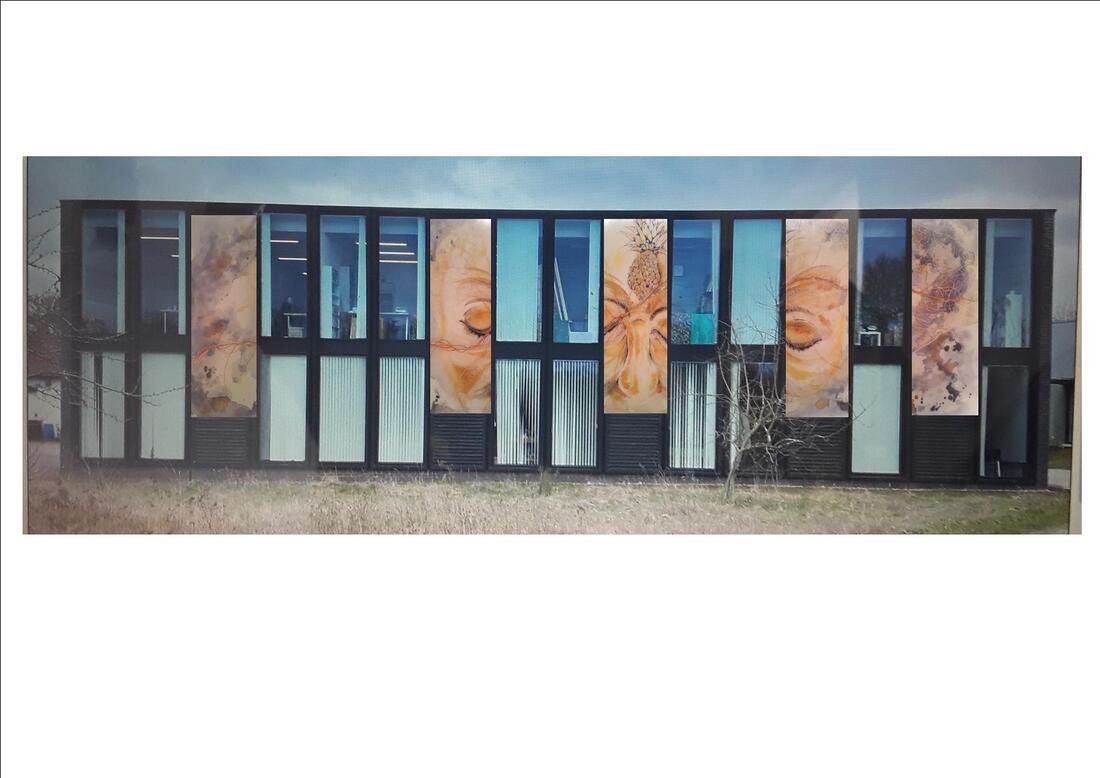 References
Bart F., T. (1910) The cradle of the Deep Bell Bethan (2 August 2020) The rise, fall, and rise of the status pineapple, BBC News https://www.bbc.com/news/uk-england-53432877 Chalquist, C. (2020) Terrapsychological inquiry: Restorying Our Relationship with Nature, Place and Planet Conroy E (1921) The Symbolism of colour, William Rider & Son Ltd, Forgotten books, UK, Classic reprint series (2015) Fowler C., (2020) Green Unpleasant Land: Creative Responses to Rural England’s Colonial Connections. Honychurch L., (2017) In the Forests of Freedom: The fighting Maroons of Dominica, Papillotte Press, UK and Dominica. Jiang Yao (9 April 2021) A Global history of the pineapple, an ongoing plant humanities project https://storymaps.arcgis.com/stories/fd88a460a28343cca0206dbfa2f0de27 Joseph G., M. British Loggers and Spanish Governors: The Logwood Trade and Its Settlements in the Yucatan Peninsula: Part I, Caribbean Studies Vol. 14, No. 2 (Jul., 1974), pp. 7-37 (32 pages) Published By: Institute of Caribbean Studies, UPR, Rio Piedras Campus Lees Michael – Uncivilized Film (www.vimeo.com/ondemand/uncivilized) Mersch D.,(2017) Art, Knowledge and Reflexivity: Ch.2, Research gate Olsen K. (April 11th 2020), Fabric Dying in the 18th century and Dyeing with Tumeric, Historic London Town and Gardens https://www.historiclondontown.org/post/2020/04/11/fabric-dyeing-in-the-18th-century-and-dyeing-with-tumeric Pattullo P. (2020) Your time is done now: Slavery, Resistance and Defeat: The Maroon Trials of Dominica (1813 -1814), Papilotte Press Scott, Lawrence (2020) Dangerous Freedom, Papilotte Press, UK and Dominica Sze D. (Feb 1, 2017) The Modern Fragmentation of Lives & Identities, Huff Post, Research Editor at The Huffington Post https://www.huffpost.com/entry/the-modern-fragmentation_b_13576854/amp Our debt to the logwood tree: the history of hematoxylin. https://www.thefreelibrary.com/Our+debt+to+the+logwood+tree%3a+the+history+of+hematoxylin.-a0146215368 Artist Talks Wysing Arts Centre https://wysing-my.sharepoint.com/:u:/g/personal/chloe_page_wysingartscentre_org/EZtGTxBIc6lJn1264-lWKVQBLjYUkhLD44tj1Zill44U_A?e=gclJ1p https://wysingbroadcasts.art/#from-the-ground-up-khairani-barokka-bella-milroy-and-hannah-wallis
1 Comment
The World Reimagined Art Residency UK Reflective Journal Phase 2, Hospitafield, Arbroath, Scotland29/6/2022 Hi readers. In my last last post I shared with you the first three weeks experience of The World Reimagined Art Residency in the UK . This post covers the following three weeks and my experience based at Hospitafield in Scotland. About The World Reimagined The World Reimagined is a ground-breaking, vibrant art education project to transform how we understand the Transatlantic Trade in Enslaved Africans and its impact on all of us so that we can make racial justice a reality, together. Supported by Official Presenting Partner SKY, the project will see a trail of large Globe sculptures across seven cities including: Birmingham, Bristol, Leeds, Leicester, Liverpool City Region, London, and Swansea. From 13 August to 31 October 2022, the globes will be displayed across these cities, inspiring and galvanising communities to better understand what it means to be Black and British. Bringing to life the reality and impact of the Transatlantic Trade in Enslaved Africans by remembering the past, whilst still moving forward - celebrating the spirit and culture that has endured so much suffering. With support from The Arts Council England, the Caribbean artist residences have delivered significant, proven community benefit to the host cities. The trails will be the centre of learning, community and heritage programmes that invite everyone to take part: www.theworldreimagined.org/ The second phase of my art residency was based at Hospitafield house, Arbroath, on the North East coast of Scotland. The building is an impressive mansion with distinctive architectural features, towers and gothic decorative details. Sections of the house date from the 13th century abbey with 19th century additions. The property was purchased by the Reverend James Fraser around 1664 and then owned by successive generations of the Fraser family, the final one being the wealthy heiress and widow Elizabeth Fraser. Elizabeth married Scottish artist Patrick Allan, the son of an Arbroath weaving merchant and together they remodelling the house, converting an 18th-century barn into a gallery, and setting up a trust to support young artists. To this day the legacy of supporting artists remains offering residency opportunities which encourage questioning and exploration for future work. Artists stopping in the house have access to the amazing historic rooms, library and collections. Arbroath is a small town with a significant history in the story of human liberty. In 1320 the declaration letter of Arbroath was signed finally granting Scotland independence from English rule after a long war for freedom. On arrival I was welcomed to Arbroath and met by Cicely Farrer the programme and communications manager at Hospitafield. The house is grand and impressive and my bedroom fitted with antique furniture and large windows which looked out onto the walled garden and sea beyond. The four poster bed and background sound of waves brought back nostalgic memories of my Grandmother’s house in Dominica making me feel strangely at home. 5th April Grounds and Fernery The gardens at Hospitafield have a fascinating history which date back to the 13th century walled garden and monks who built a hospital about a mile away from the abbey. They planted healing herbs and fruit trees. In the late 1800’s a Victorian fernery was designed by Patrick Alan Frazer with a fern collection donated by the Royal Botanic Gardens Edingburgh. The Victorians were very obsessed with ferns with fern designs appearing in garden furniture, home decor and literature. This obsession led to collectors building hothouses and specially designed ferneries to house the exotic displays. Ferns are symbolic in many cultures representing hope, new life, ancestral honouring, unfolding futures. The new Hospitafield logo reminds me of the Ghanain adinkra symbol above ‘AYA’ representing endurance, perseverance, resourcefulness. Although not part of my original design I would like to incorporate ferns into the globe design as a memorial of the special time in Arbroath and also as a reminder of my African roots and the lush Dominica rainforests home to the runaway Maroons. Books found in the library room show line drawings of some of the plants featured in my globe design and highlighting 19th century botanical interests. , Botanicals, Textiles and decorated surfaces in the house The house and gardens appealed to my botanical interest. Throughout the building there was imagery of flora carved in stone and wood, fine examples of skilled craftsmanship. My favourite was the cracked leather wallcovering and the ceiling in the music room which was entirely covered in delicately hand carved panels of local flora, each carving featuring a different plant. Rural Surroundings Gorse Bushes Thursday 7th April Out and about Arbroath with Artist Jeni Reid Before arriving I had read about the artist Jeni Reid who had previously done a residency at Hospitafield. Jeni resides in the area and agreed to meet up and take me on a tour around Arbroath. Textiles are also Jeni's passion, with ancestral connections to the spinning and weaving history of the area. Her project 'Blueprints for Arbroath' was inspired by the layered history of Osnaburg textiles and the men, women and children of Arbroath who worked in the industry making cloth which went off to West Indian plantations. We had lots to talk about as we share historical and textile interests. Frederick Douglass delivered one of his anti slavery lectures at the Trades Hall in Arbroath in February 1846.Textile mill in Arbroath and typical red sandstone walls of buildings in the areaArbroath Abbey Ruin
|
Archives
June 2023
Categories
|
Proudly powered by Weebly
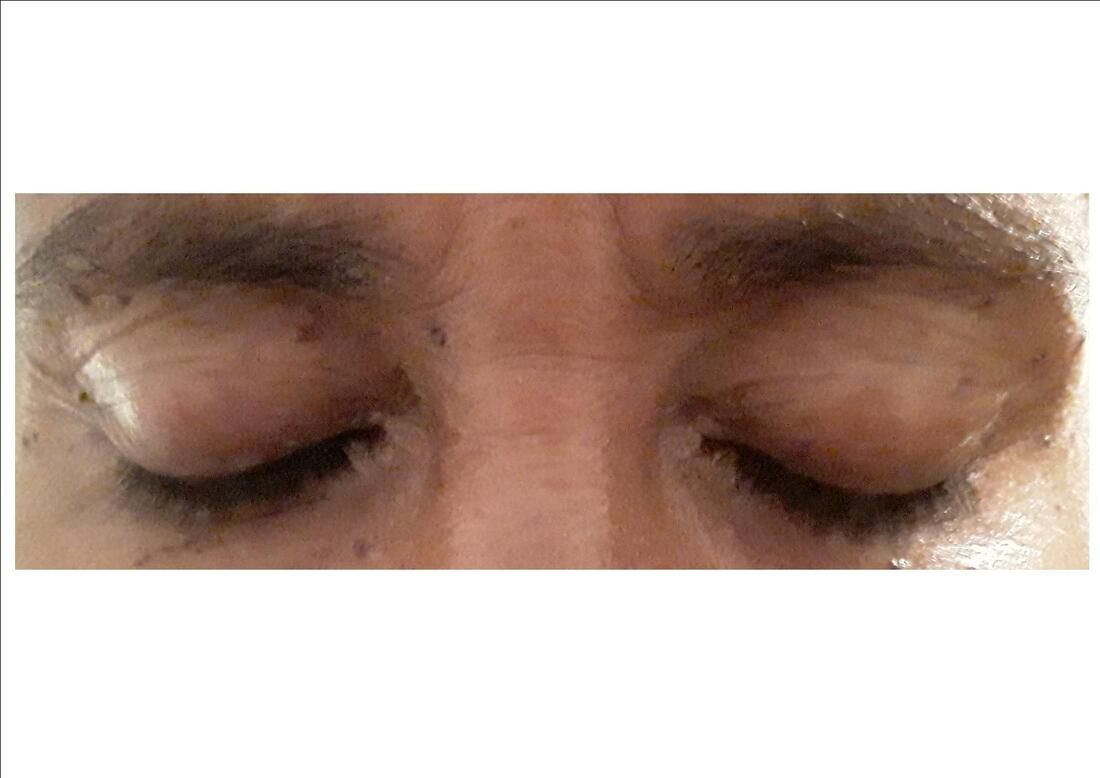
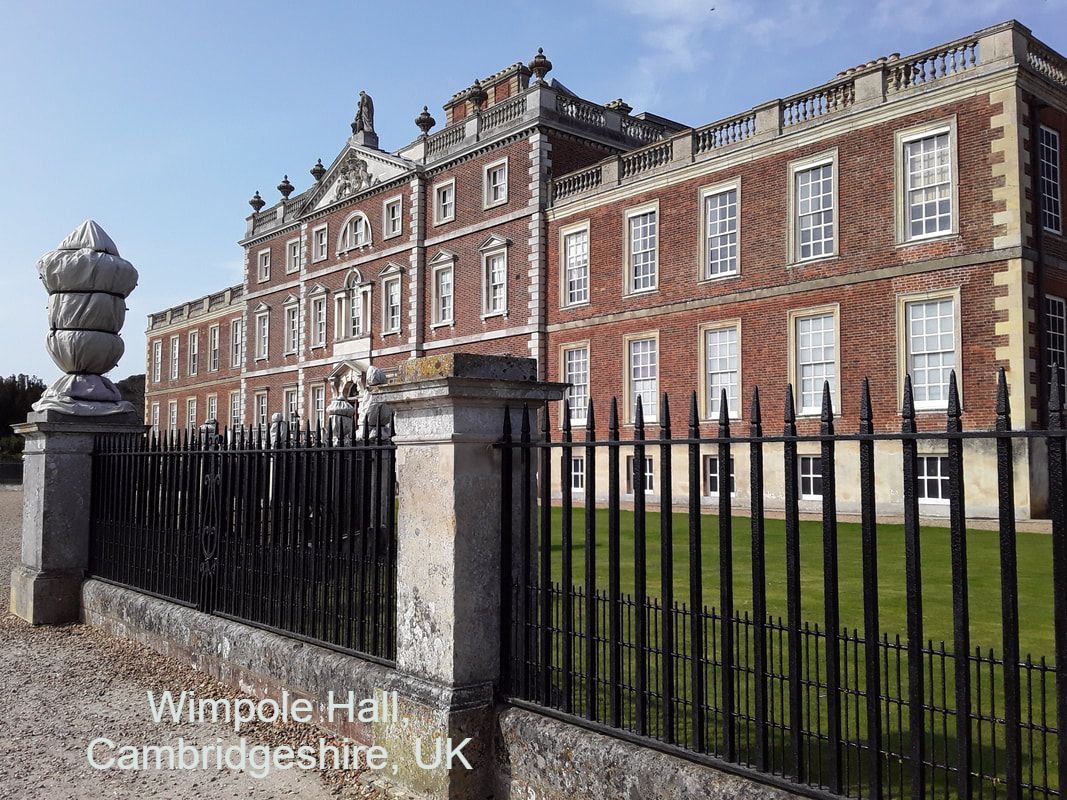
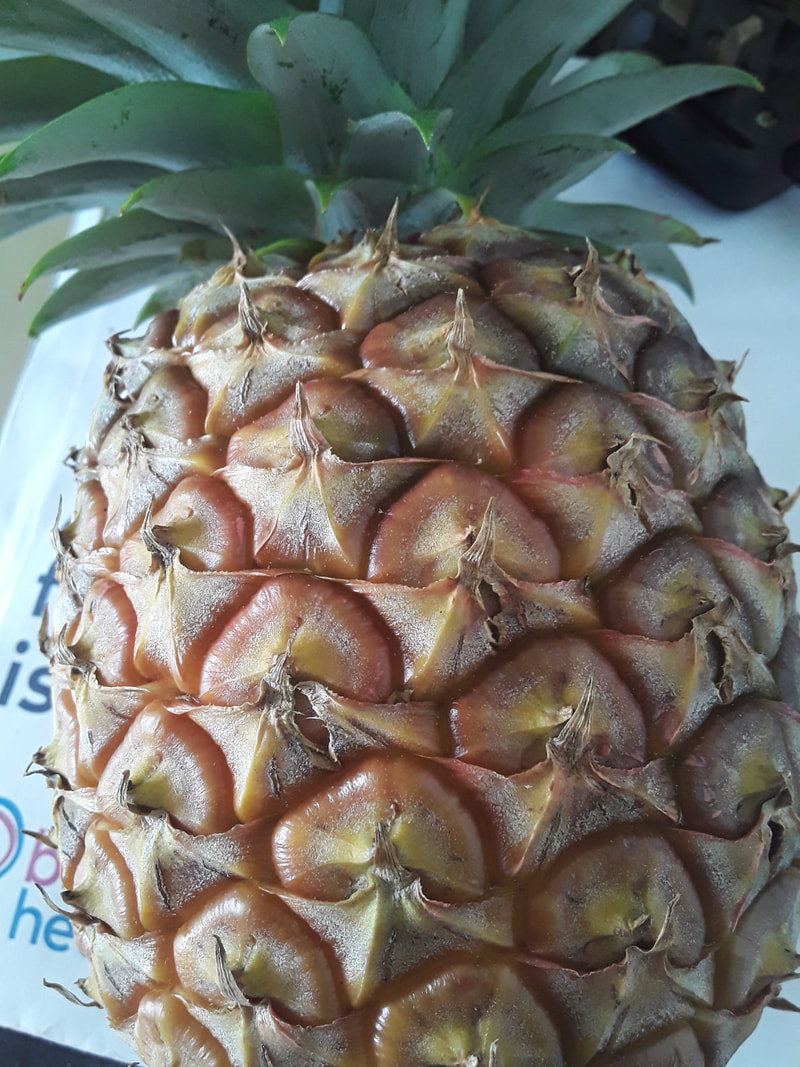
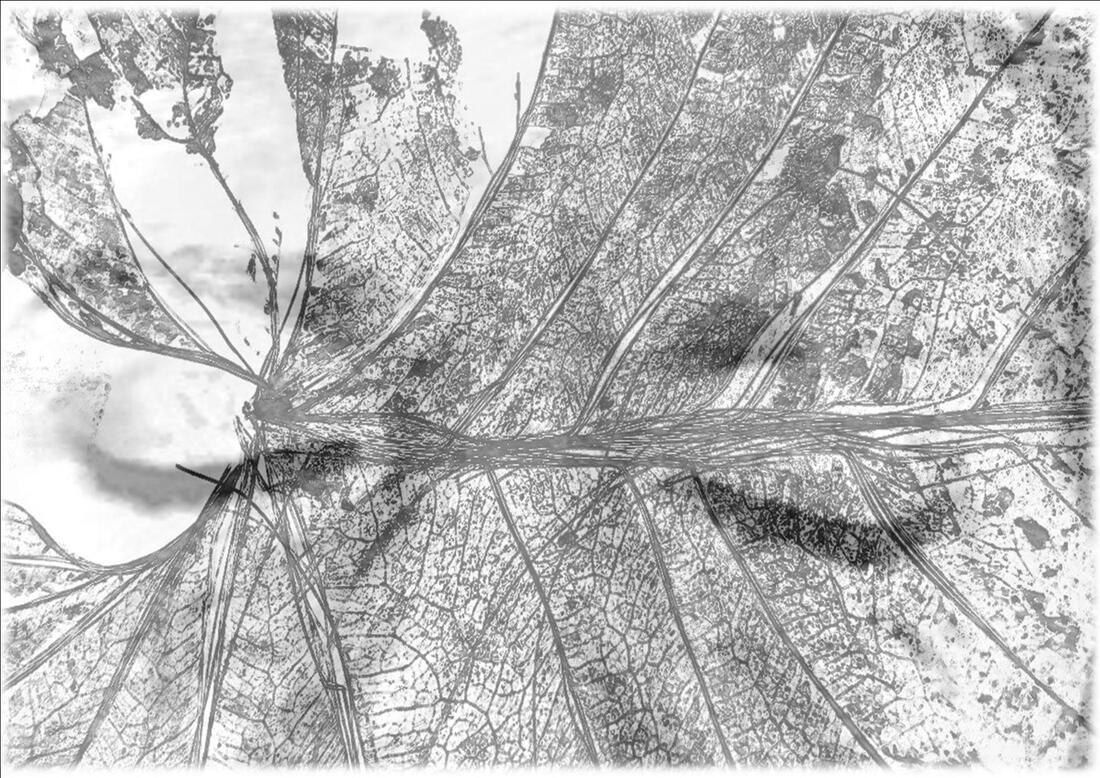
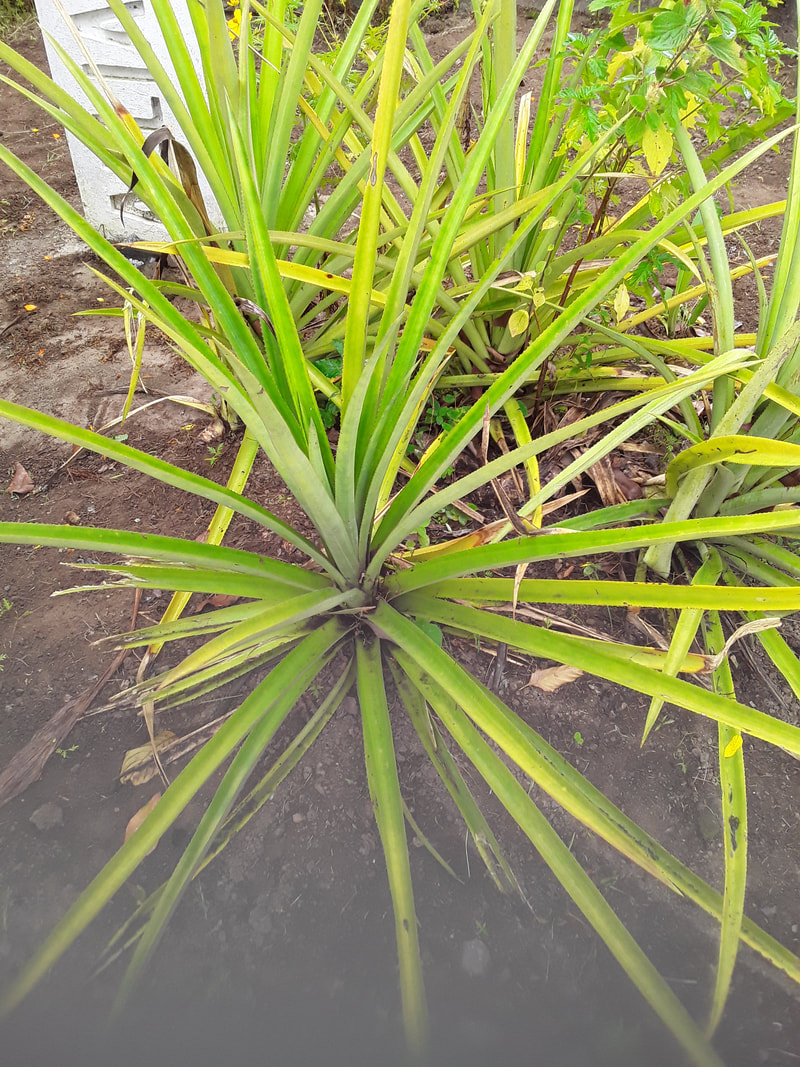
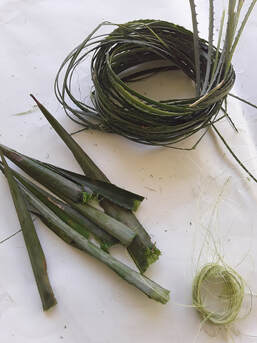
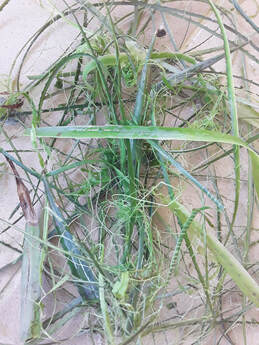
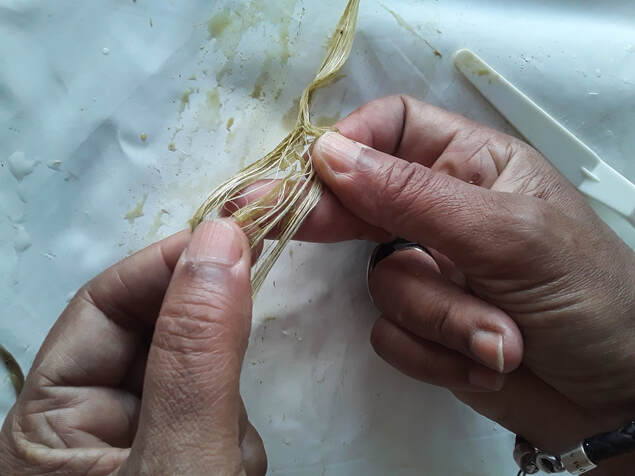
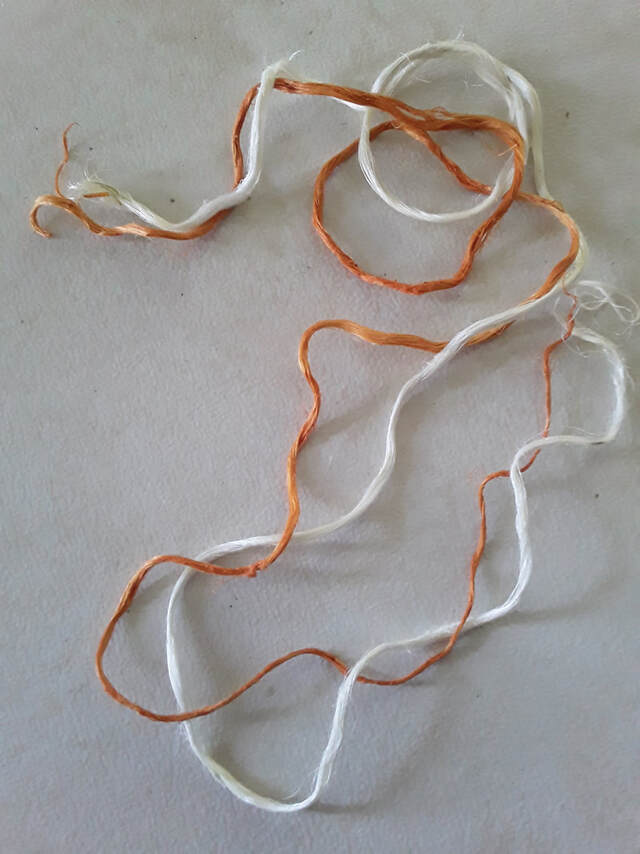
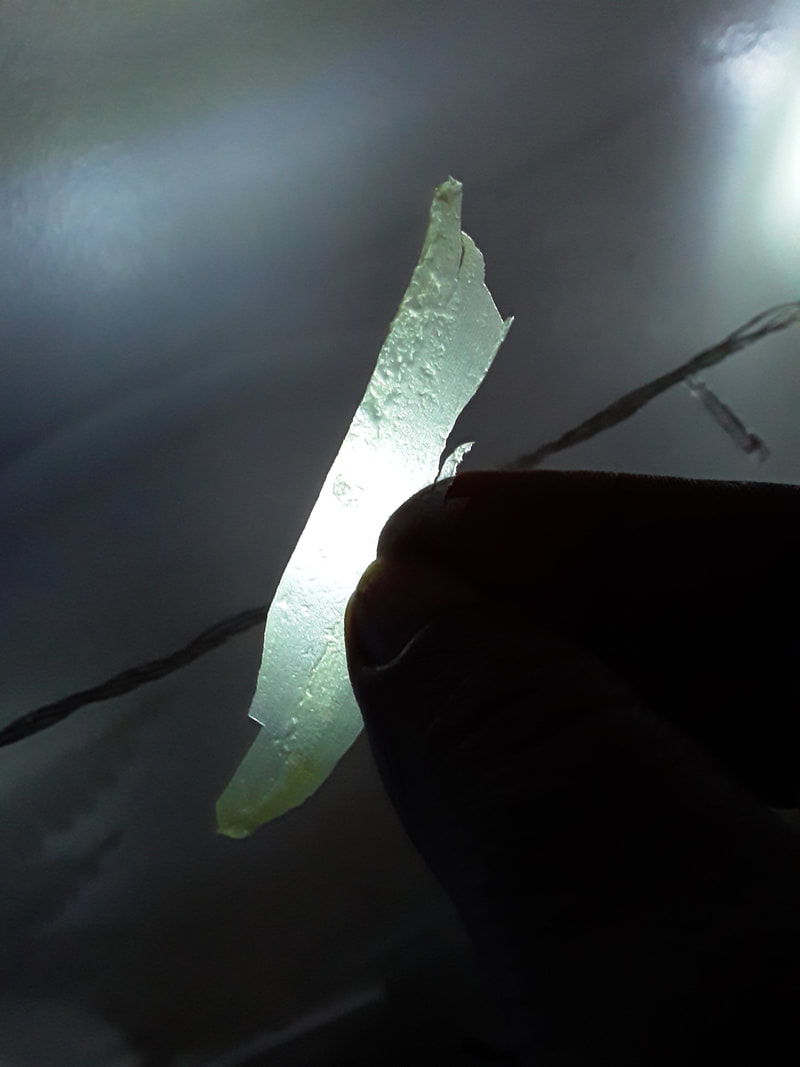
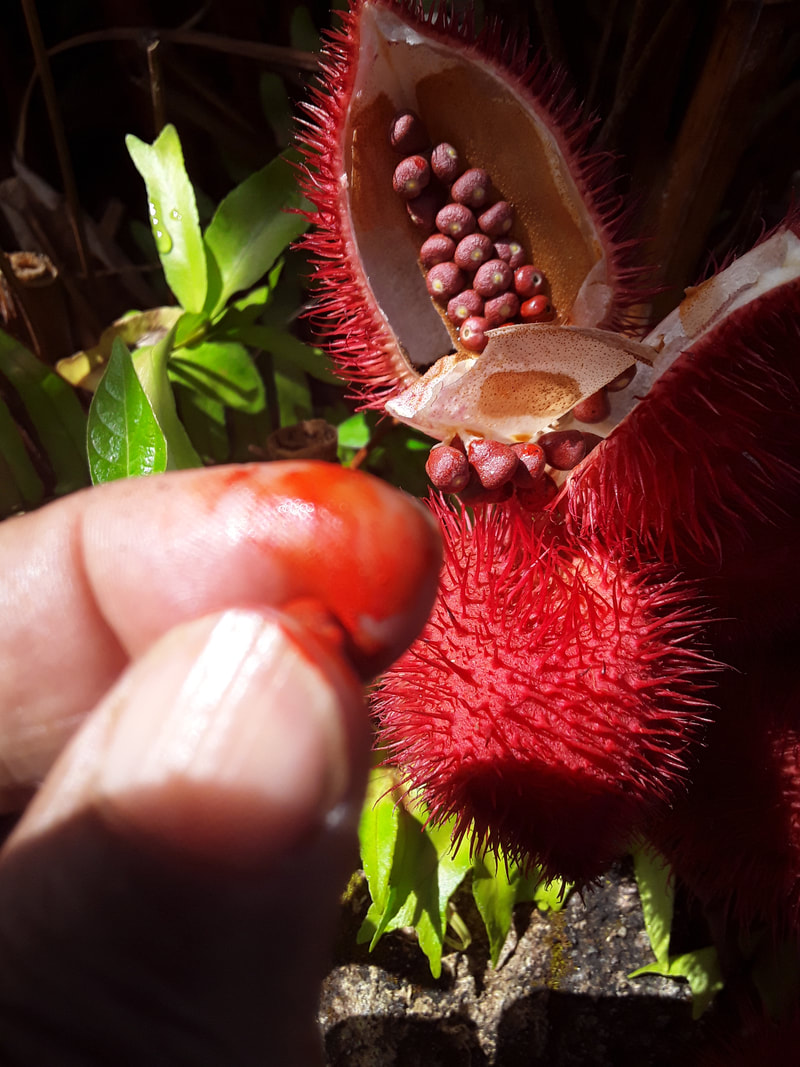
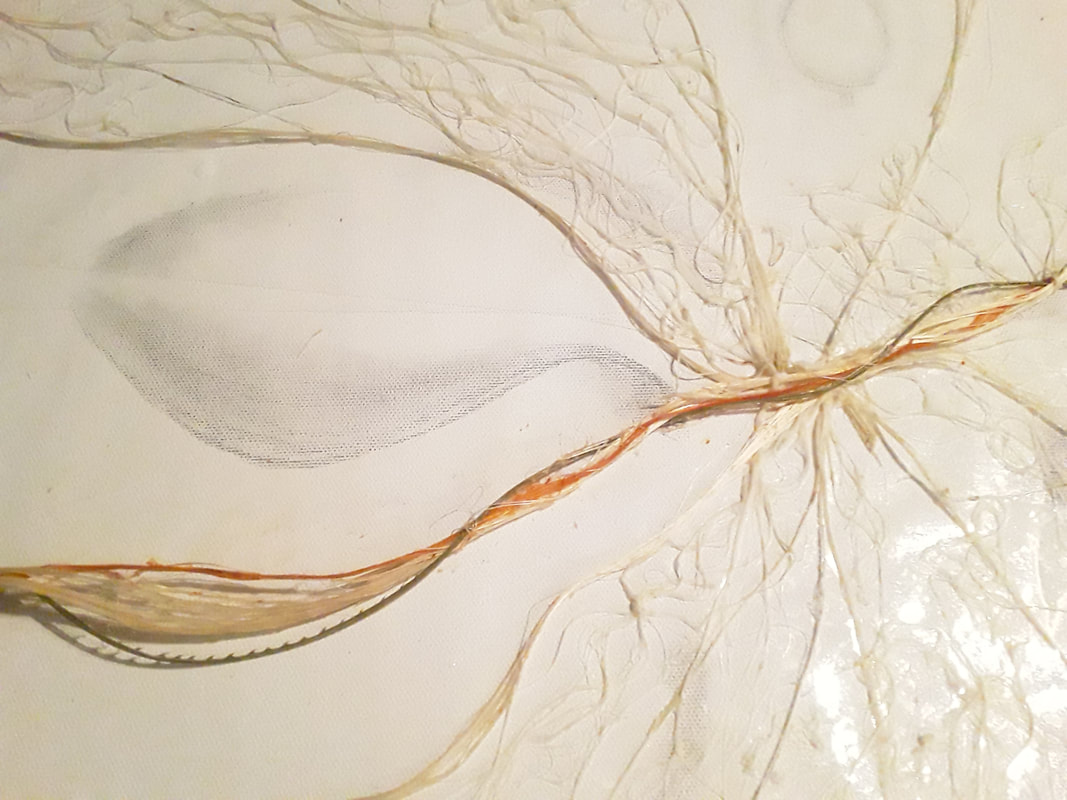
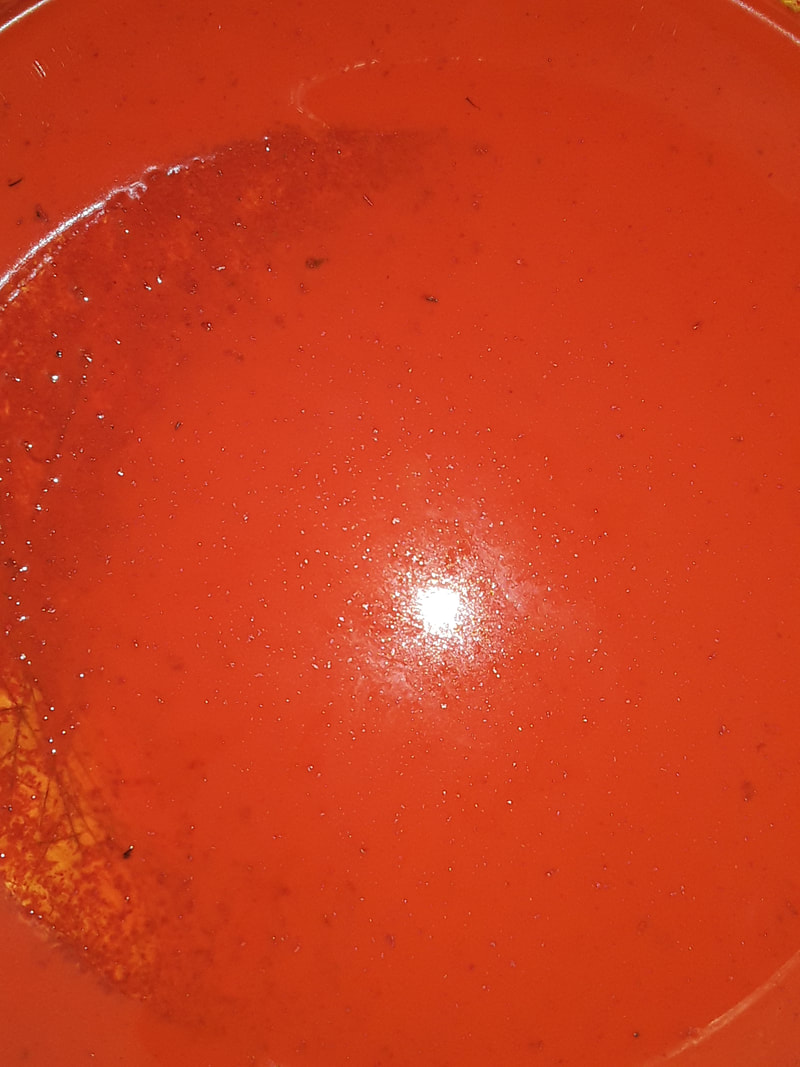
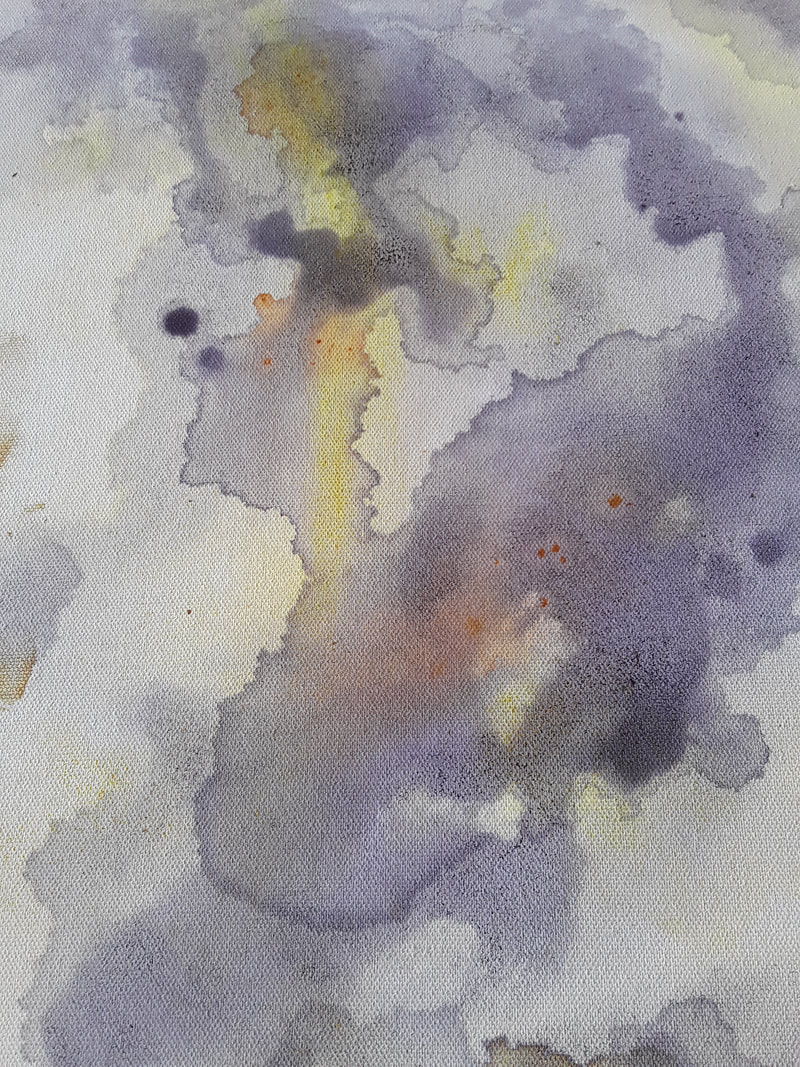
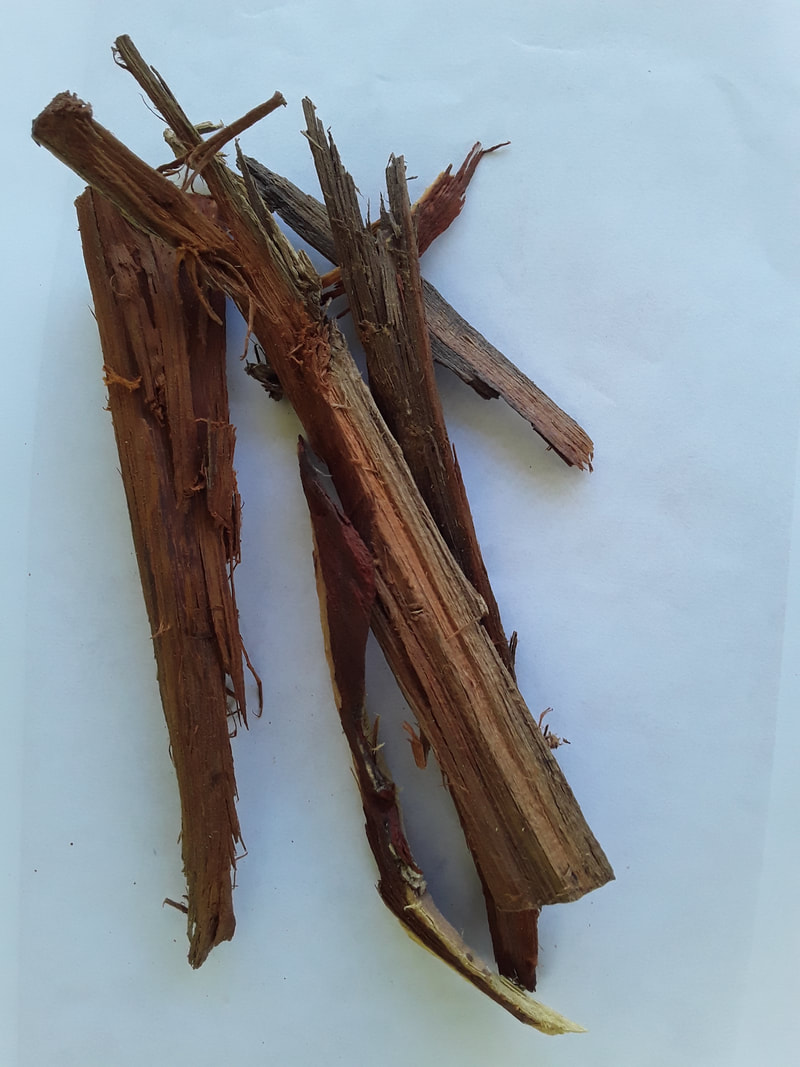
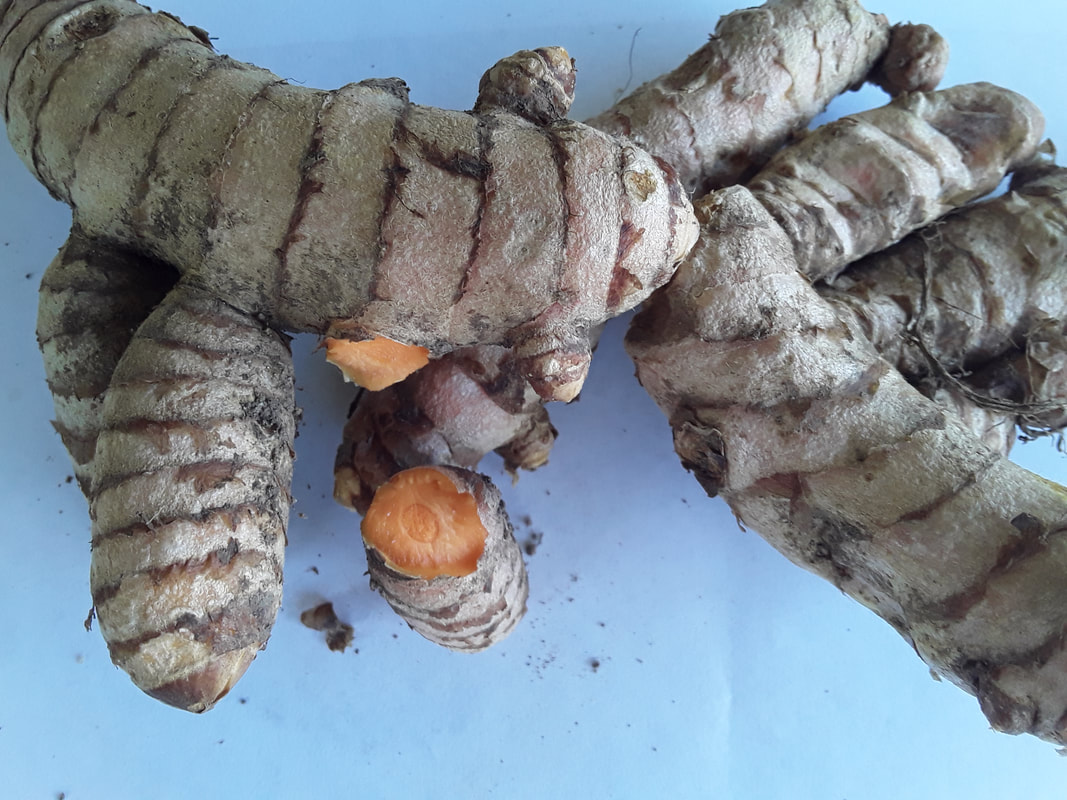
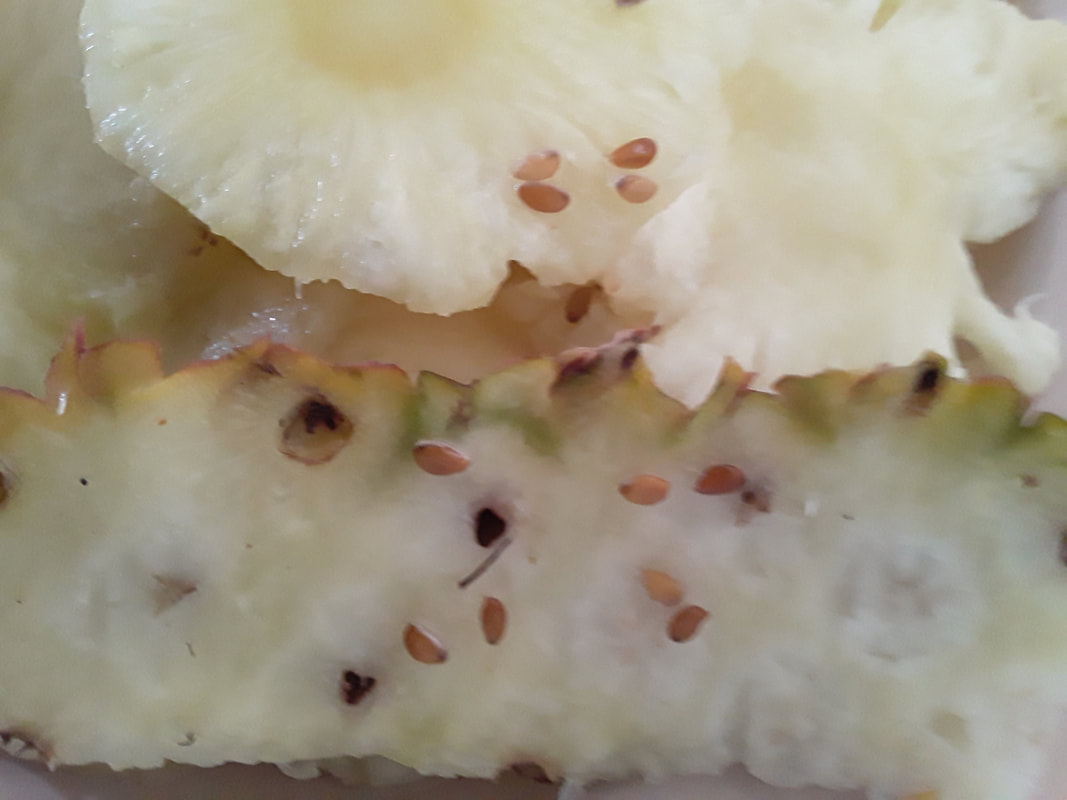
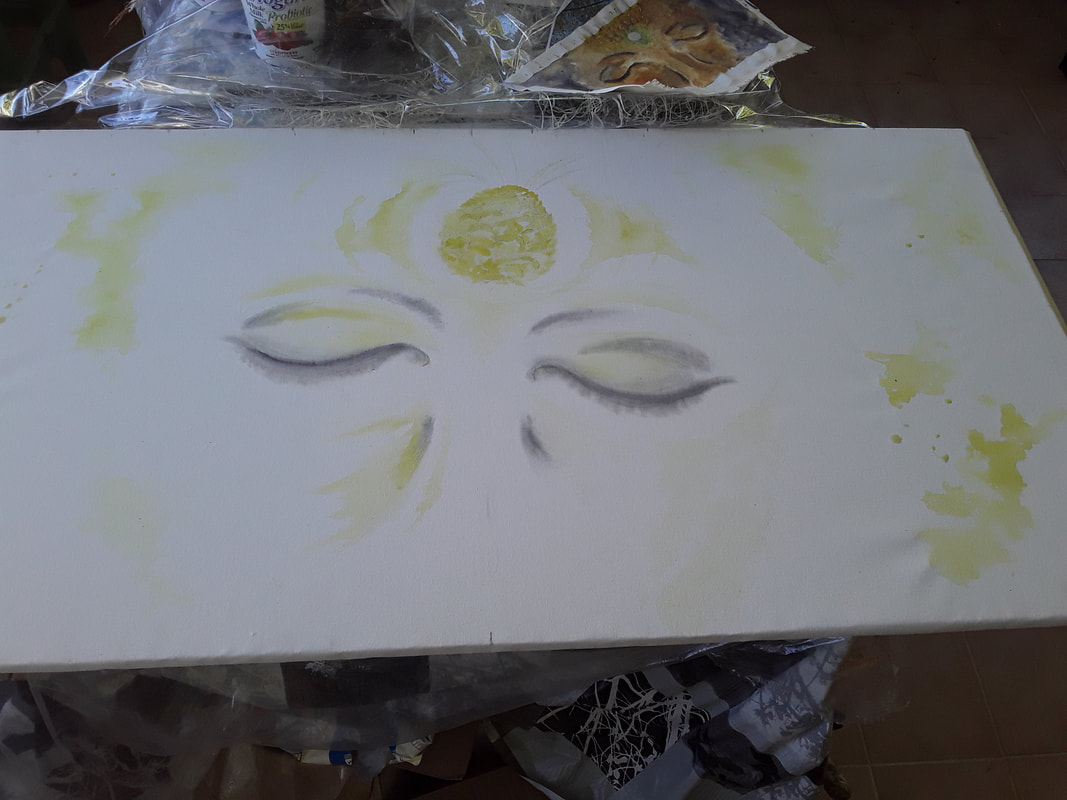
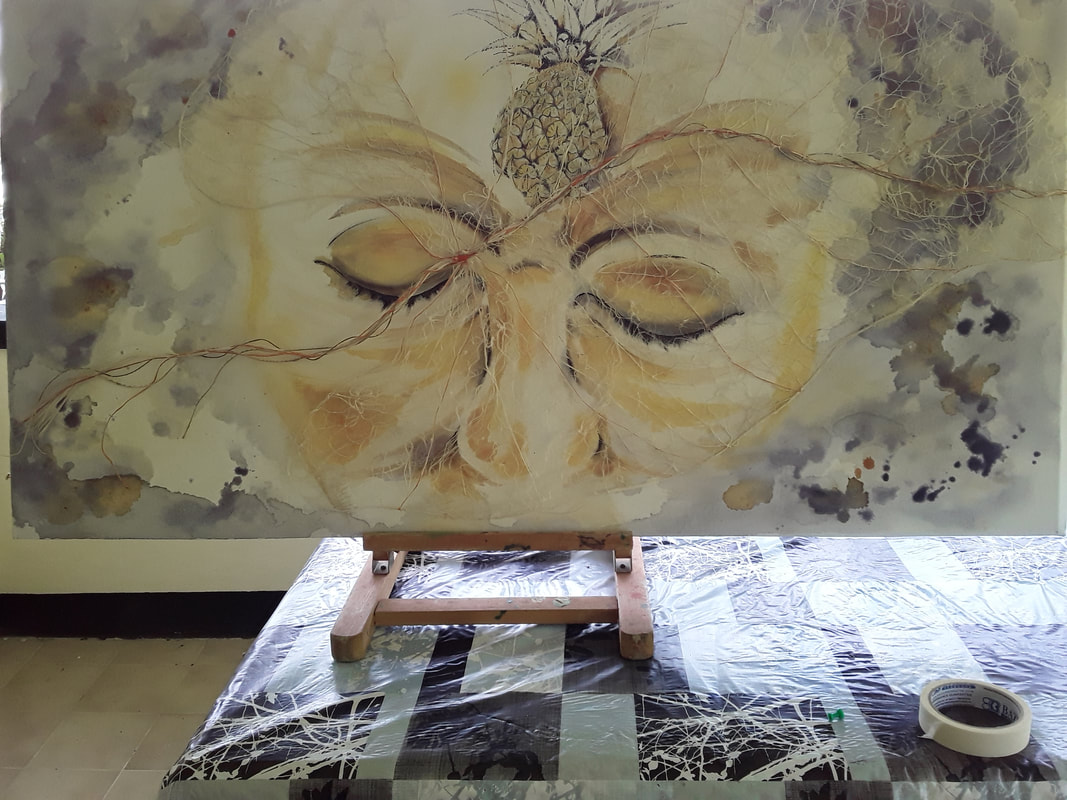
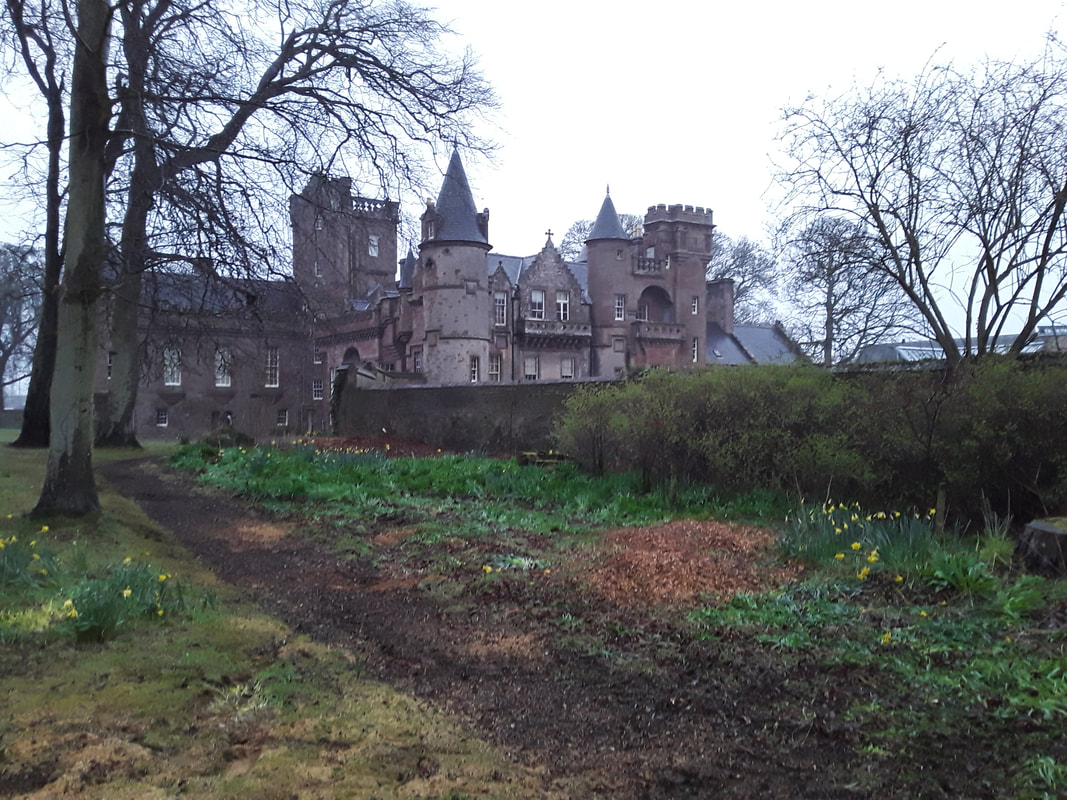
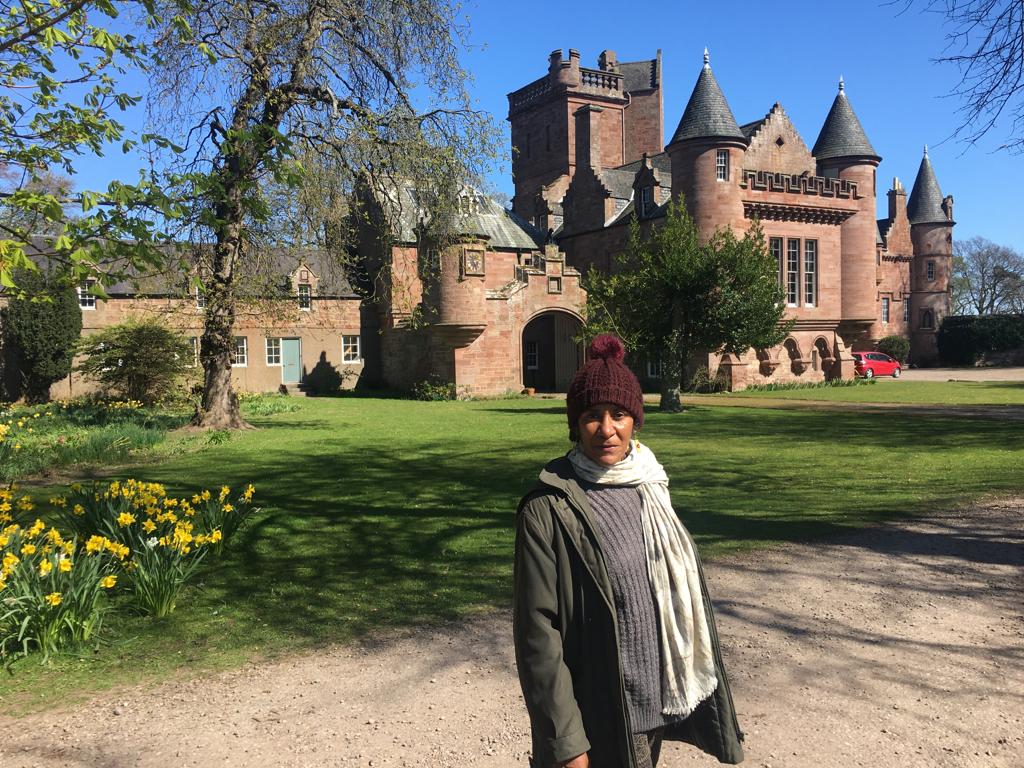
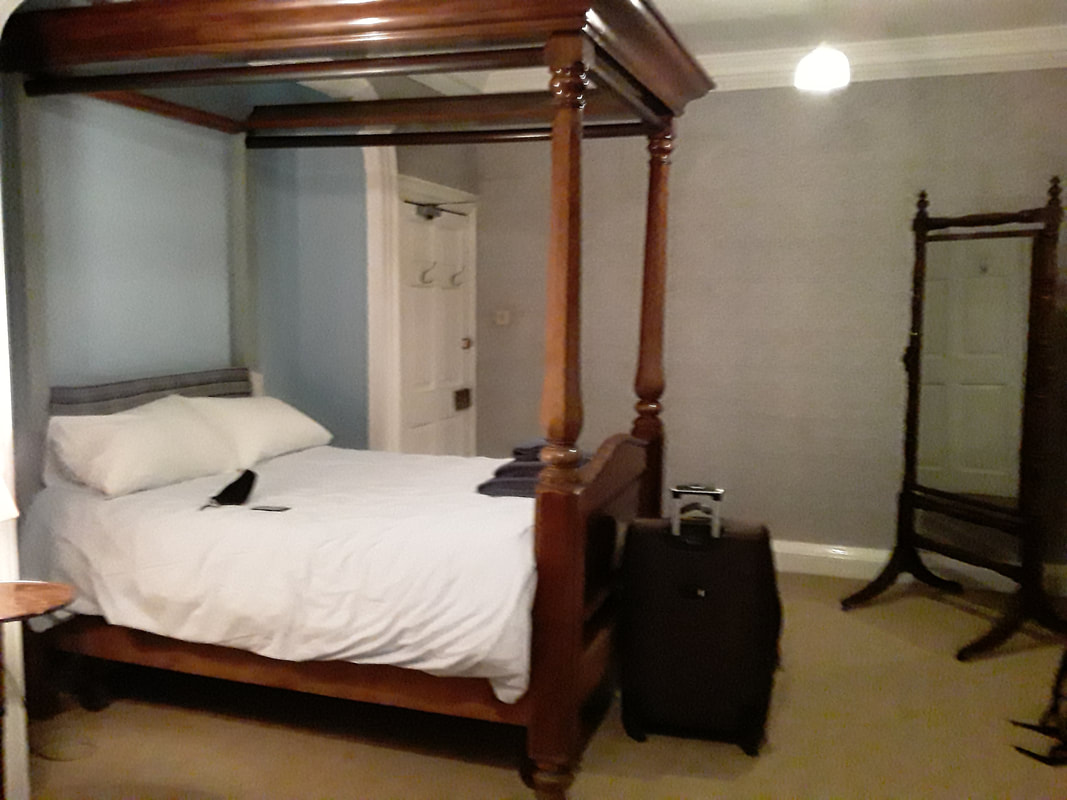
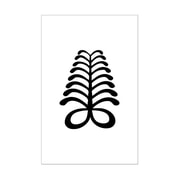
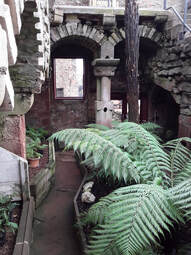
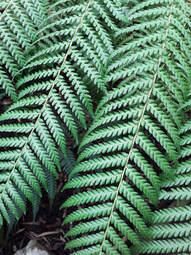
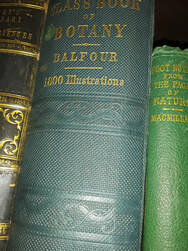
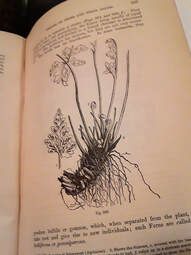
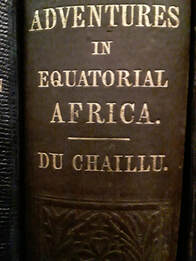
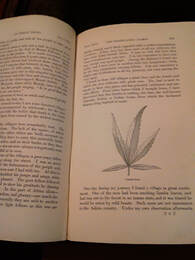
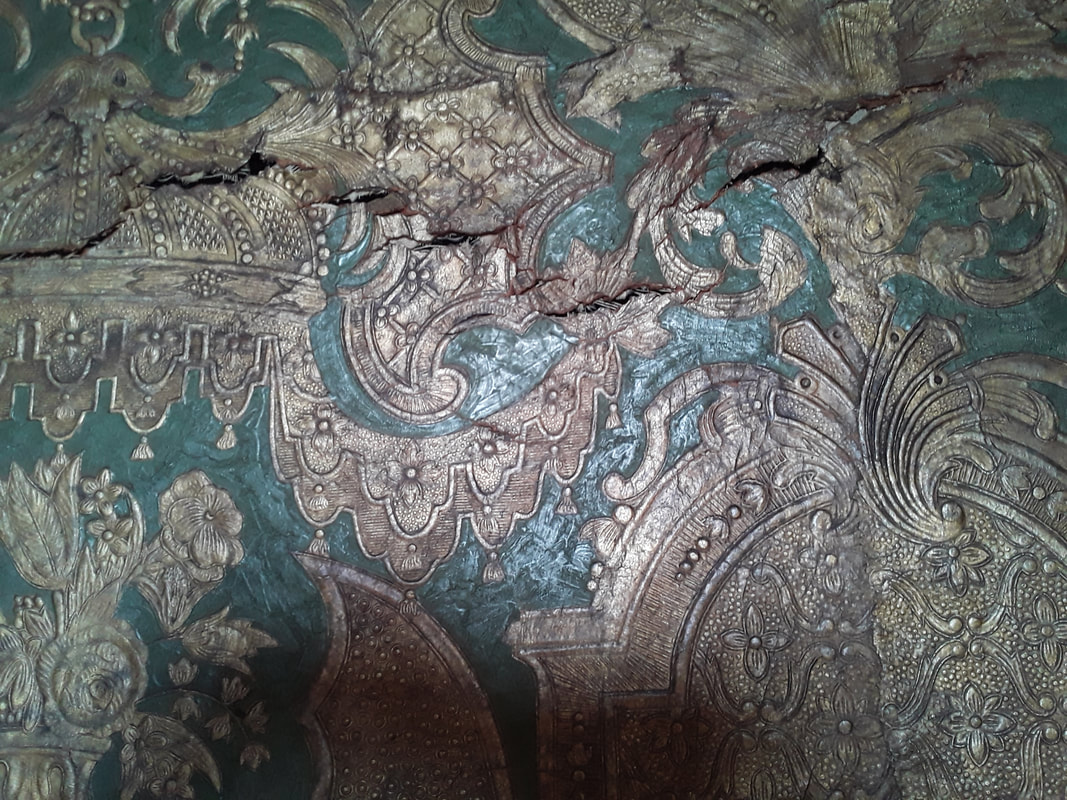
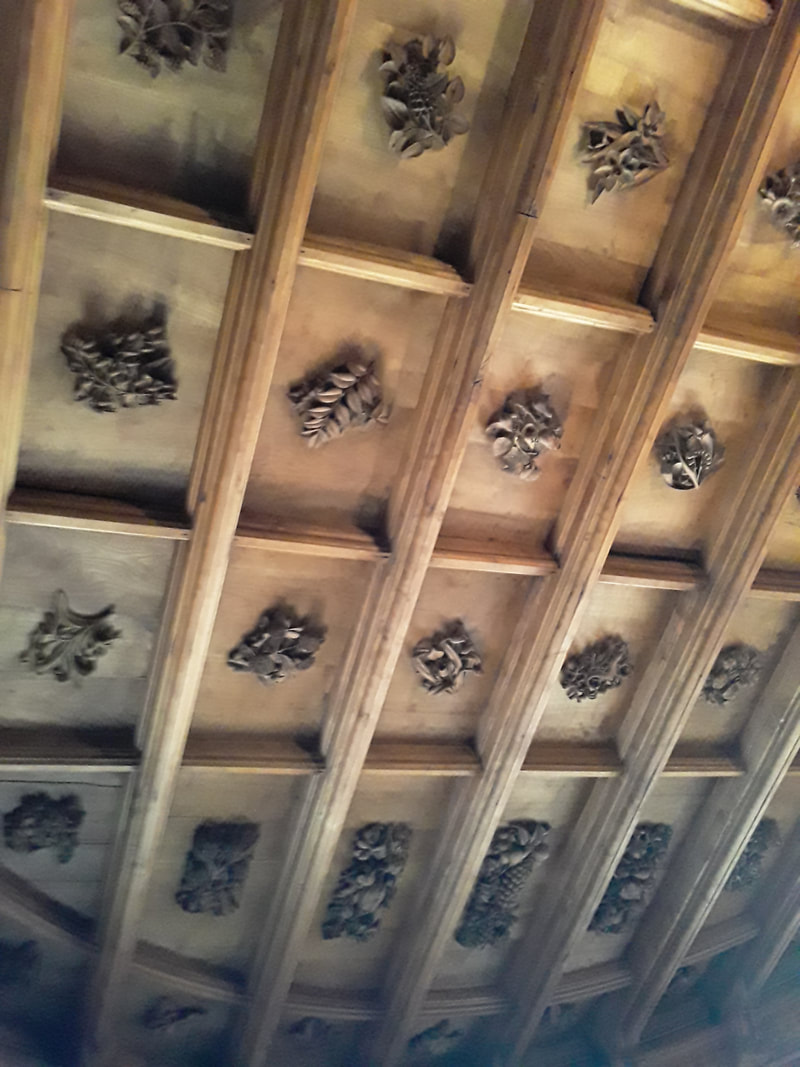
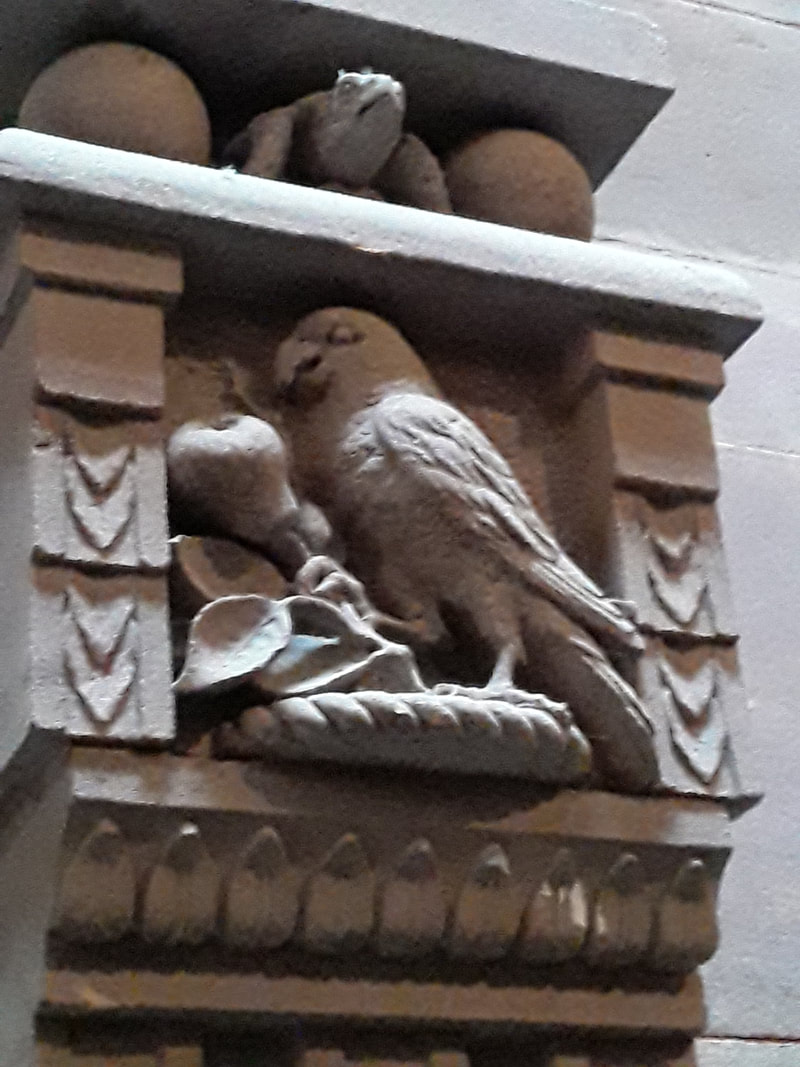
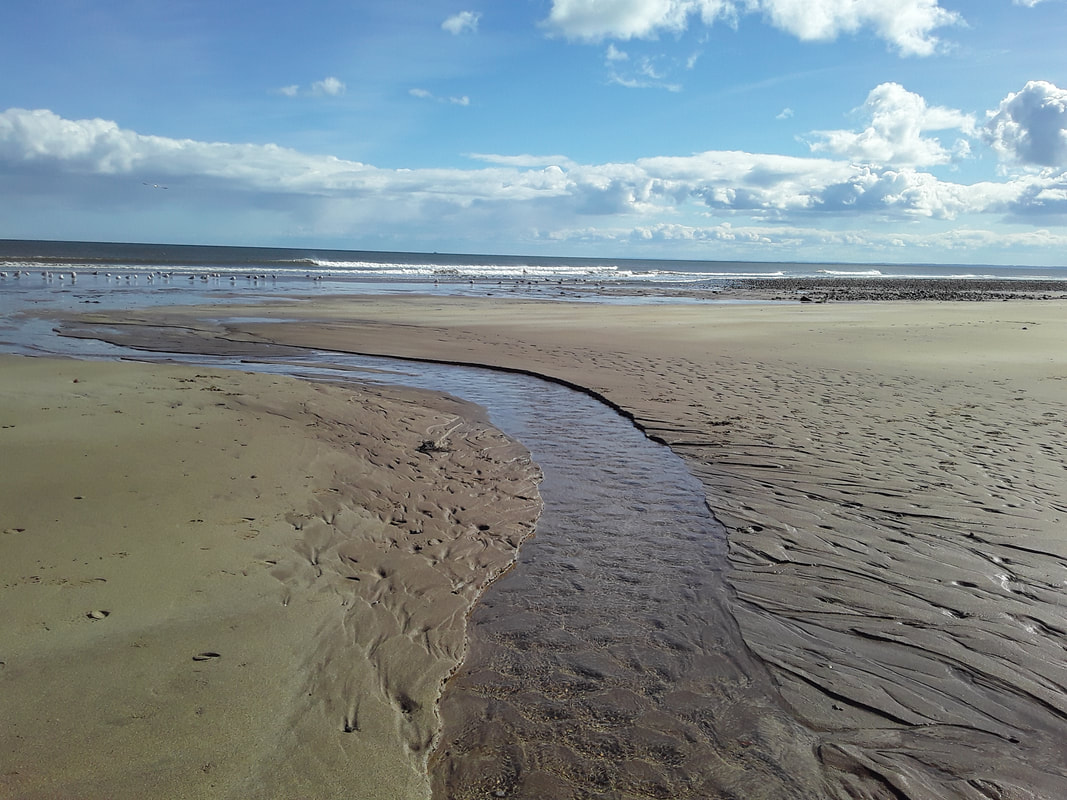
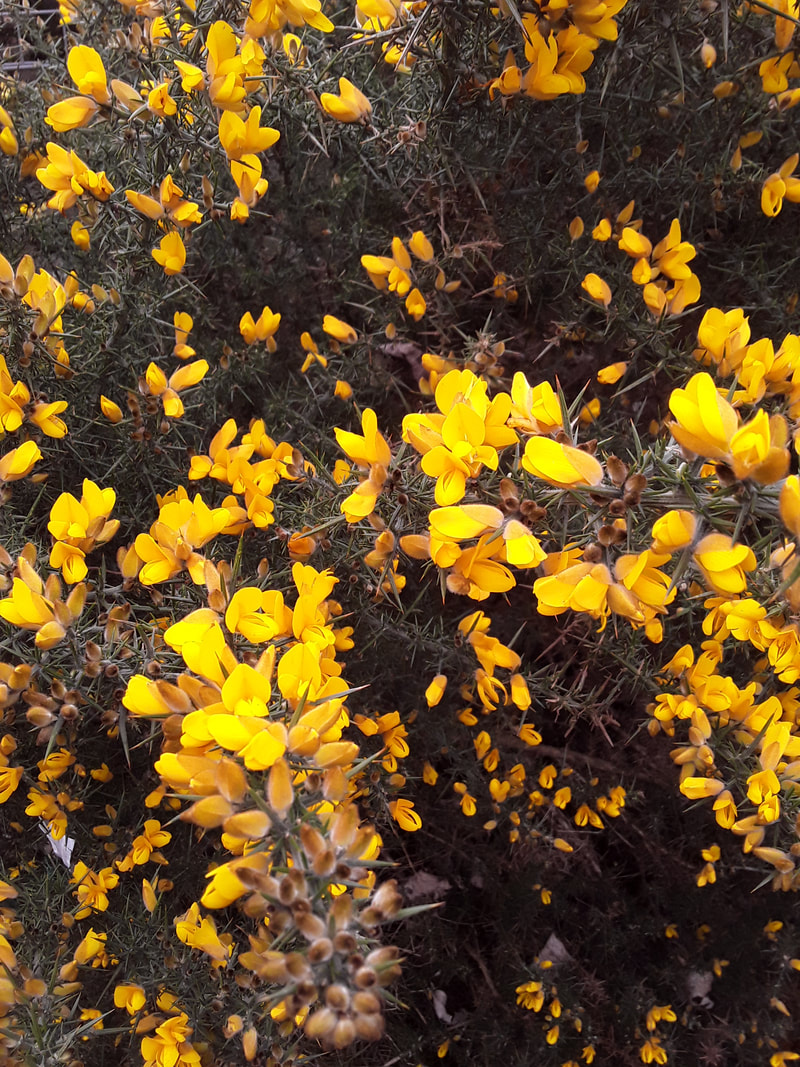
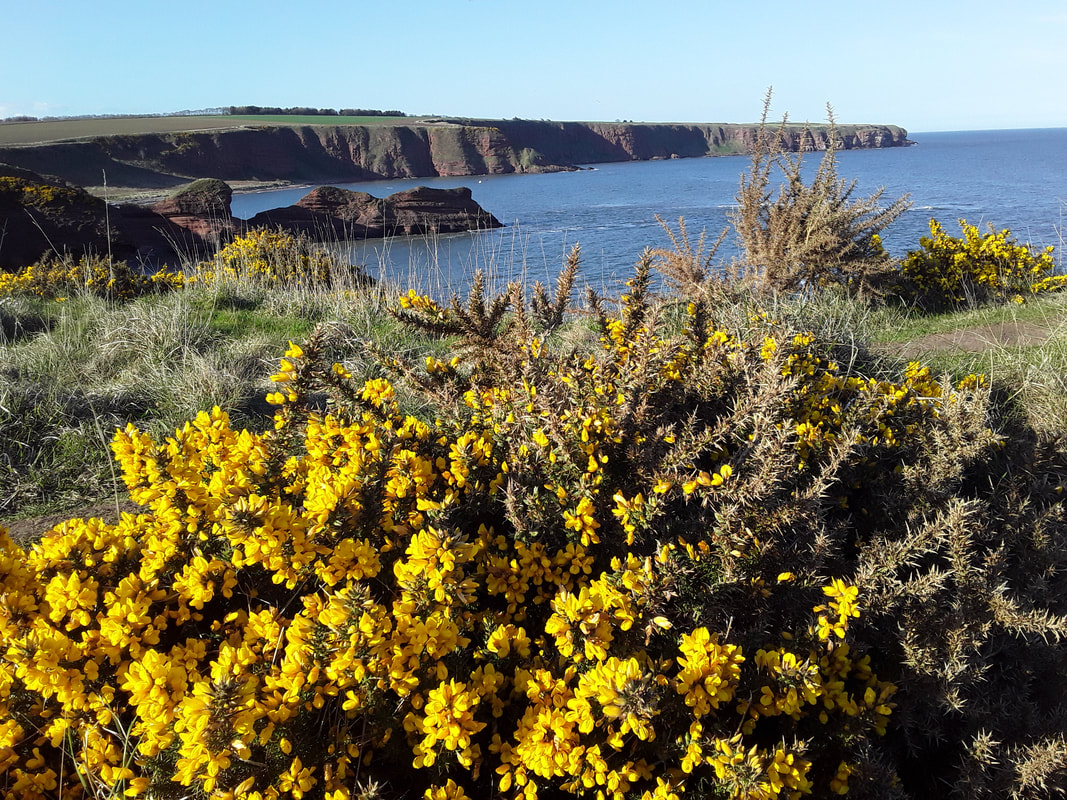
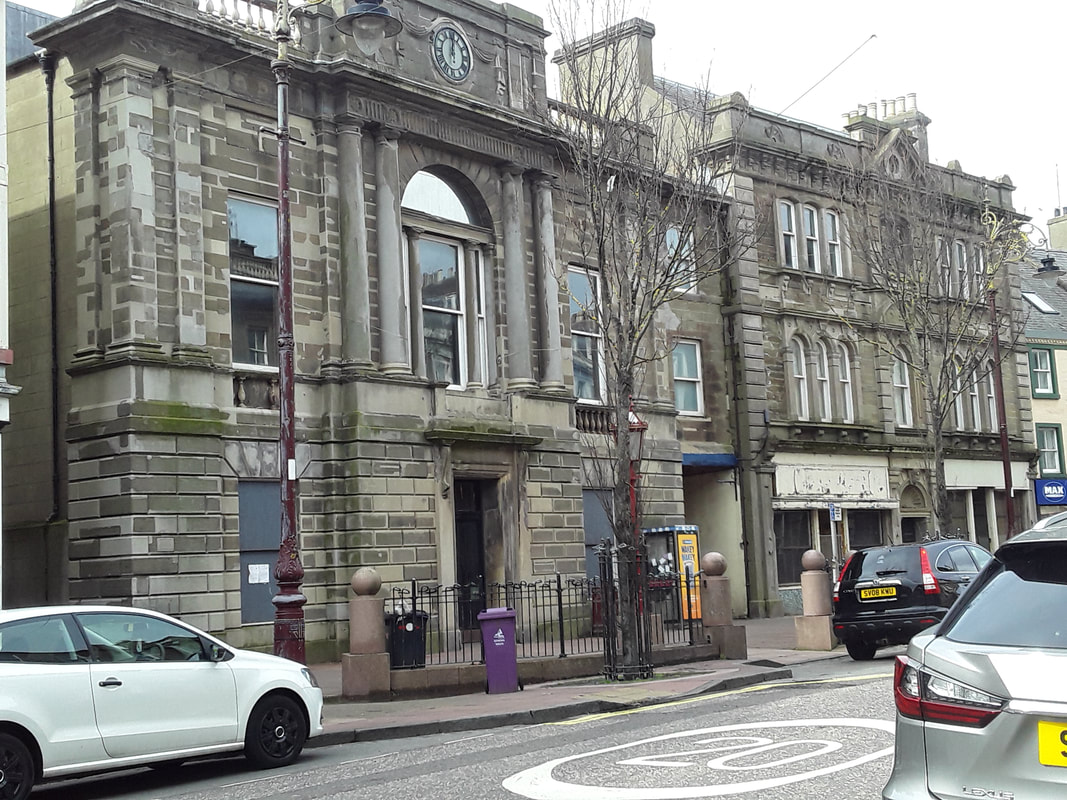
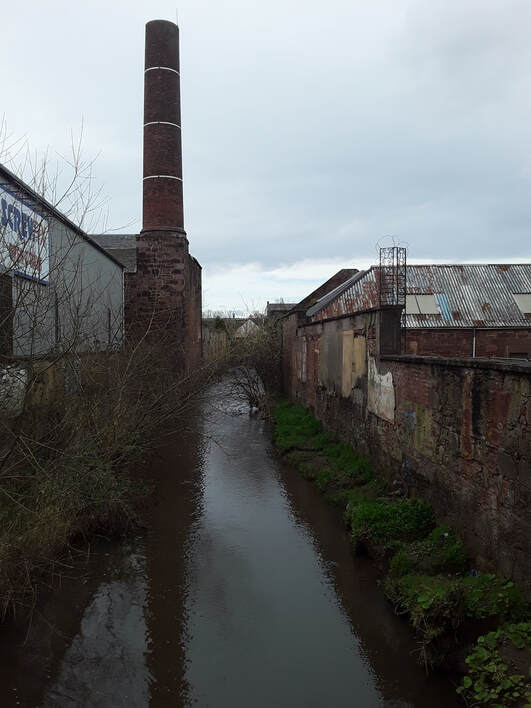
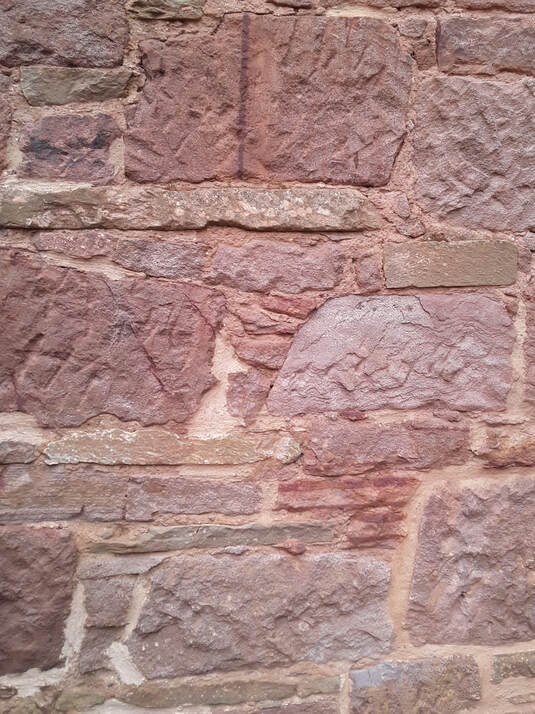
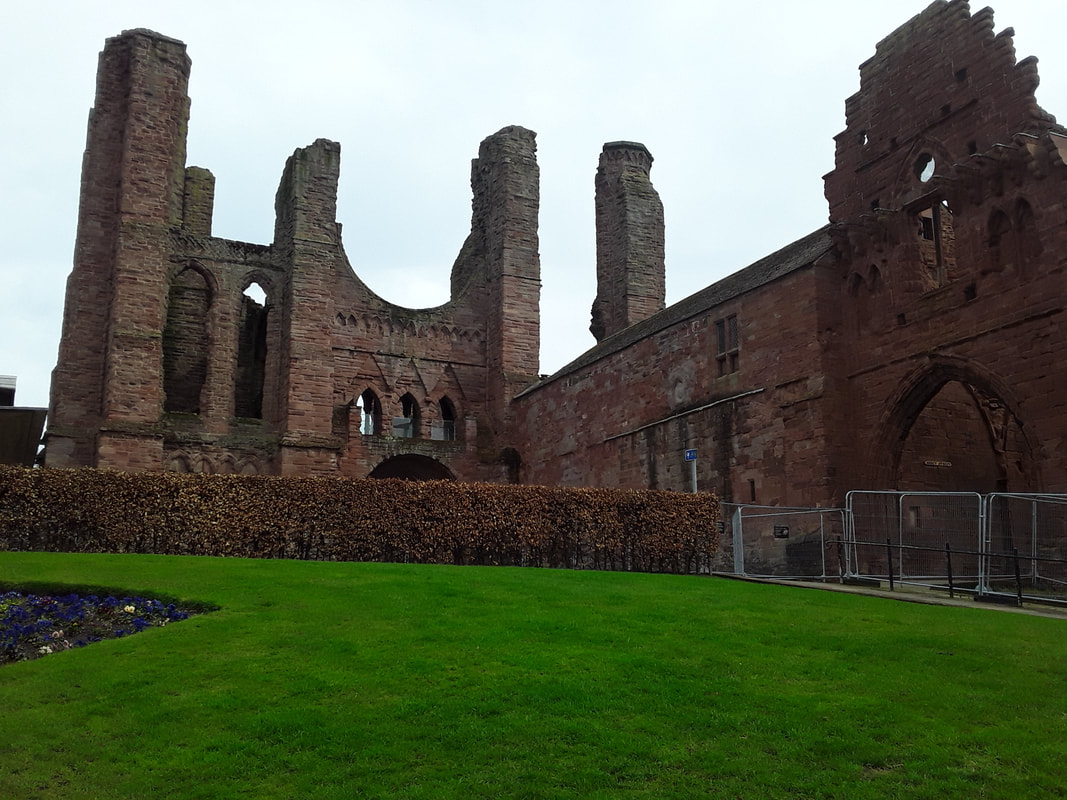
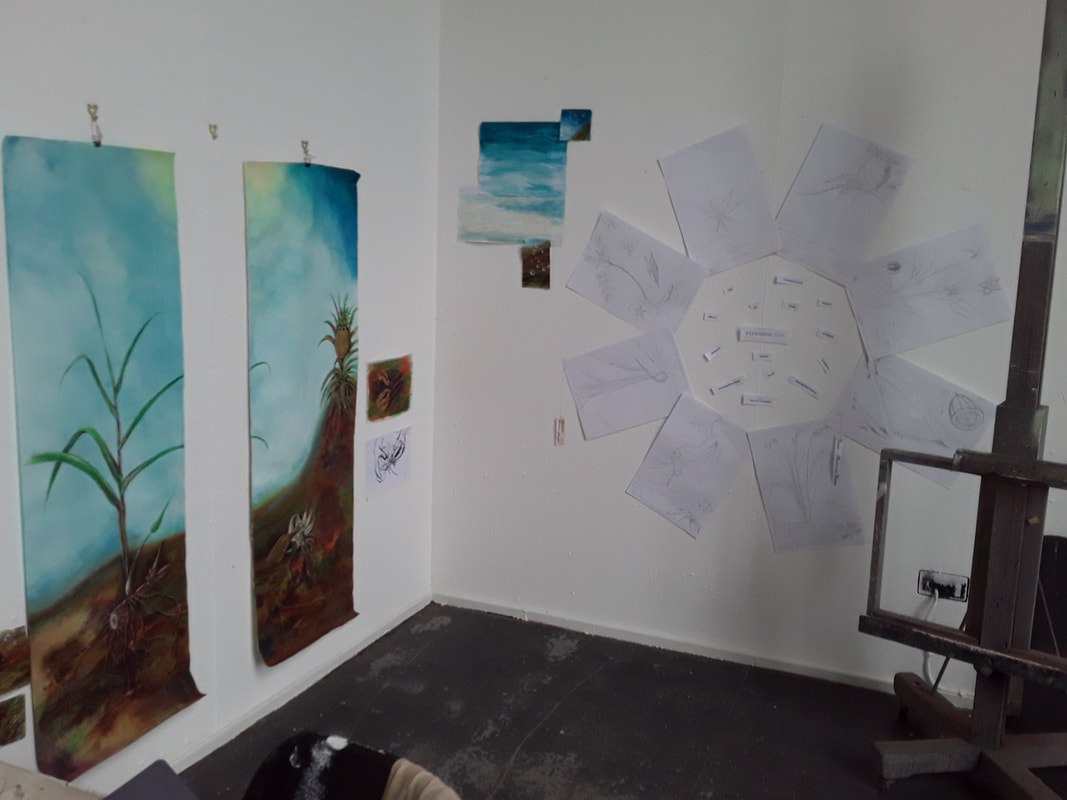
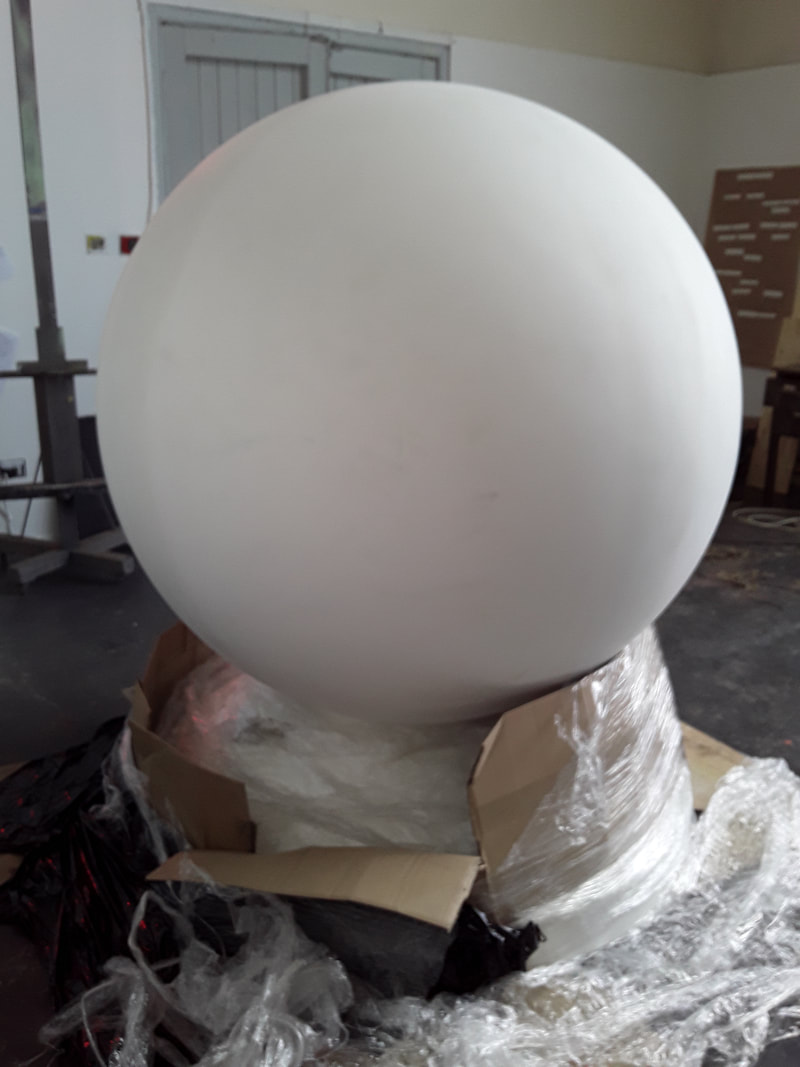
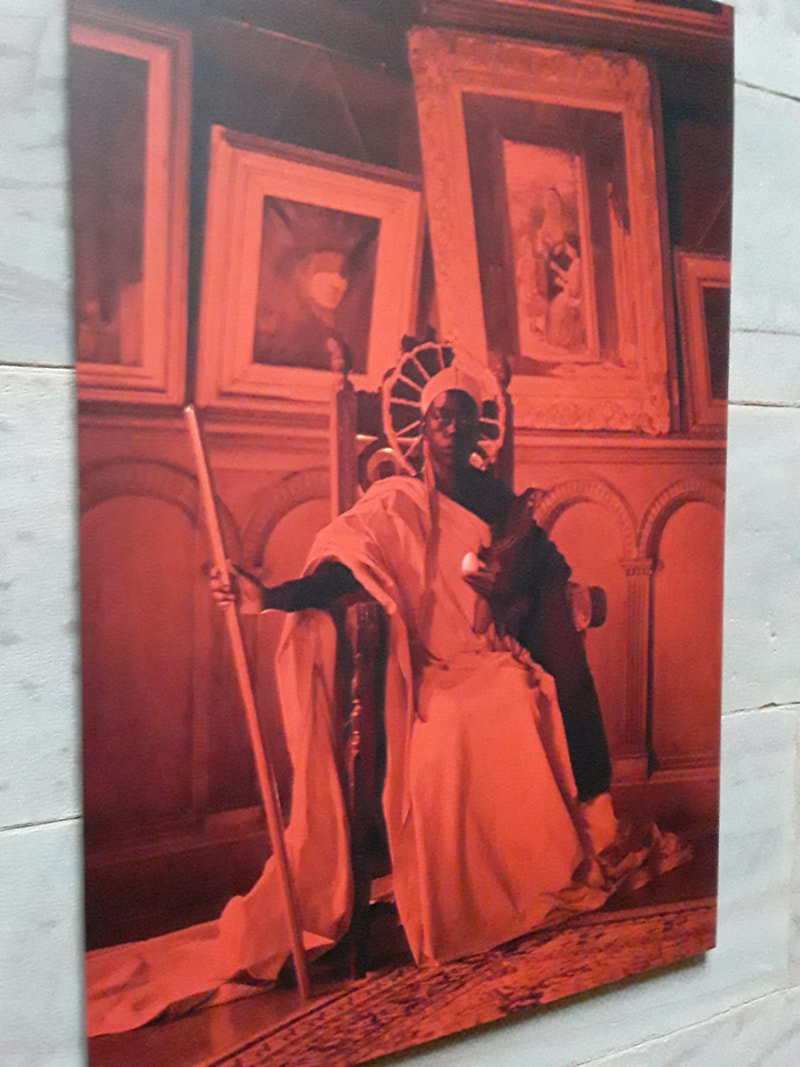
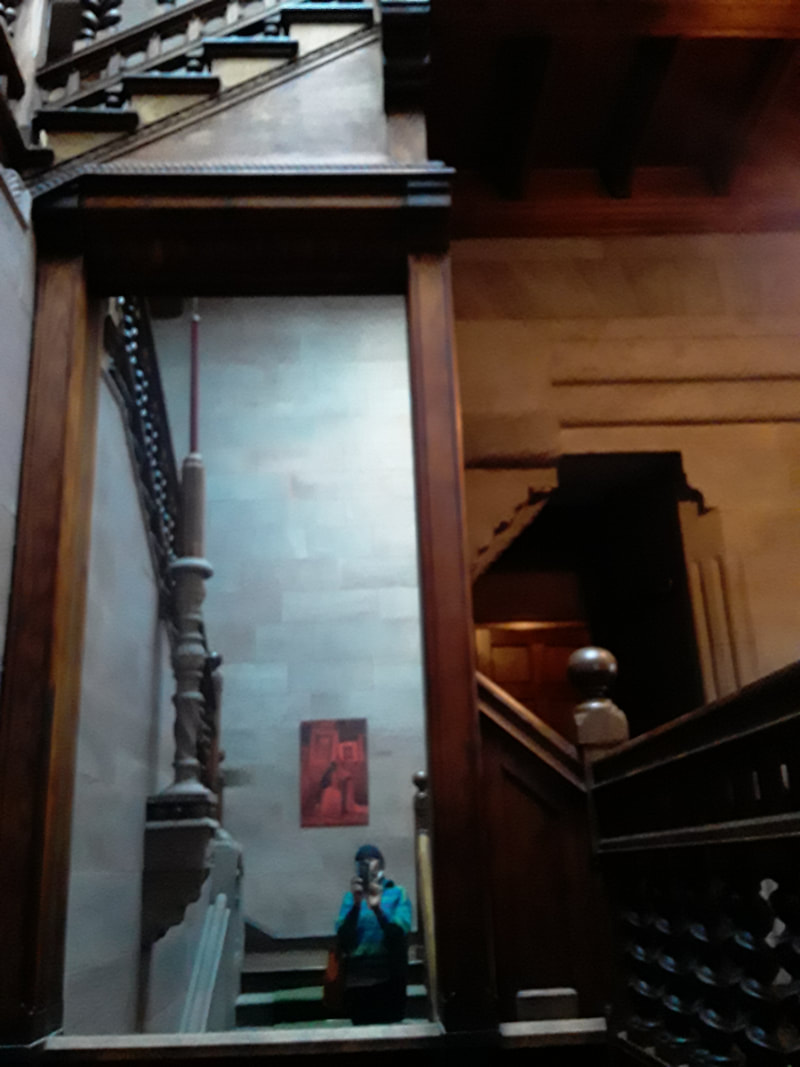
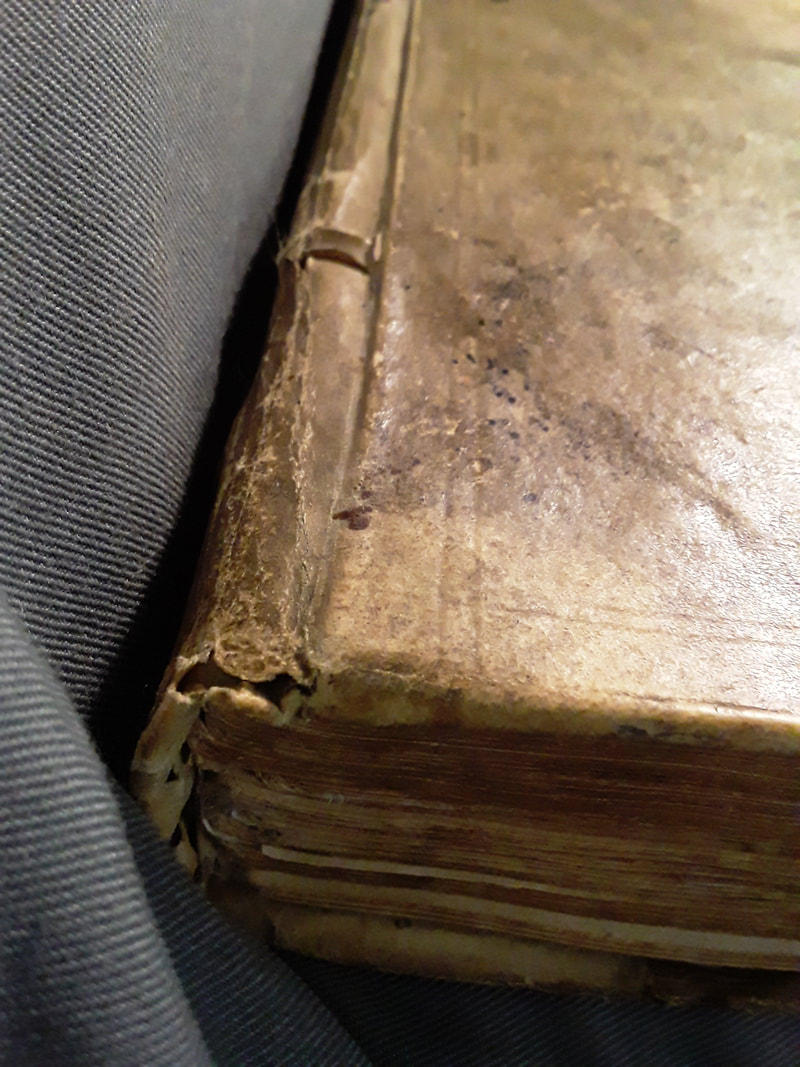
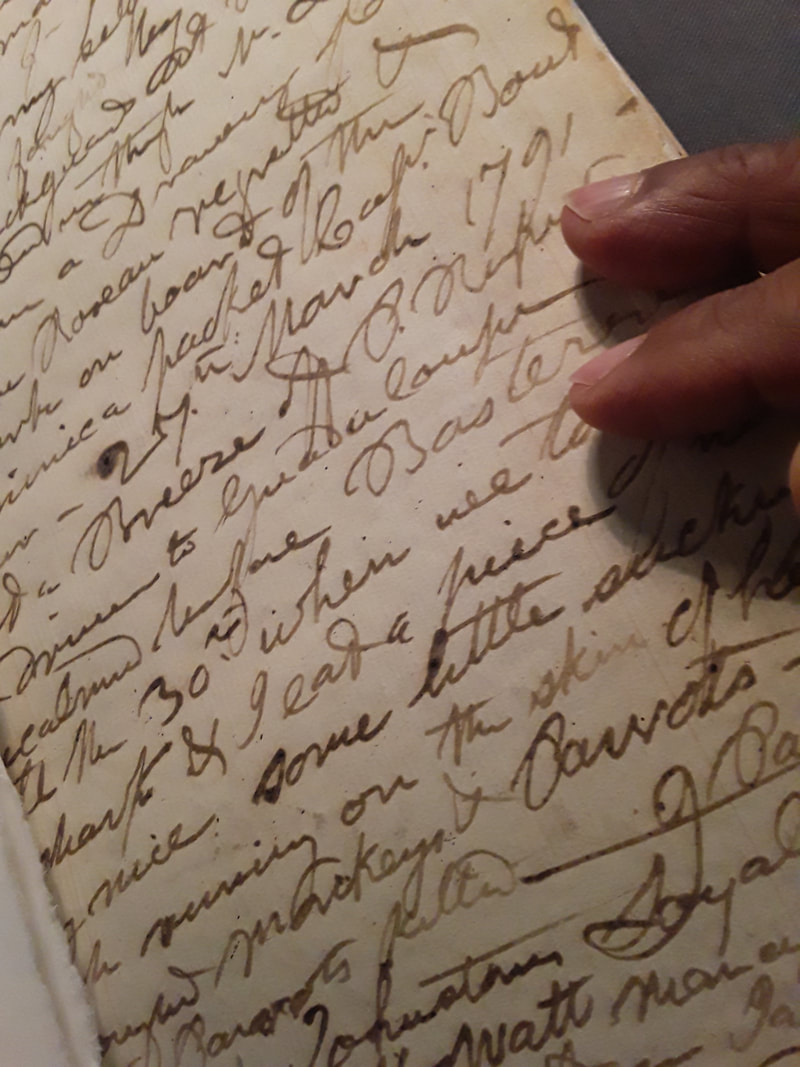
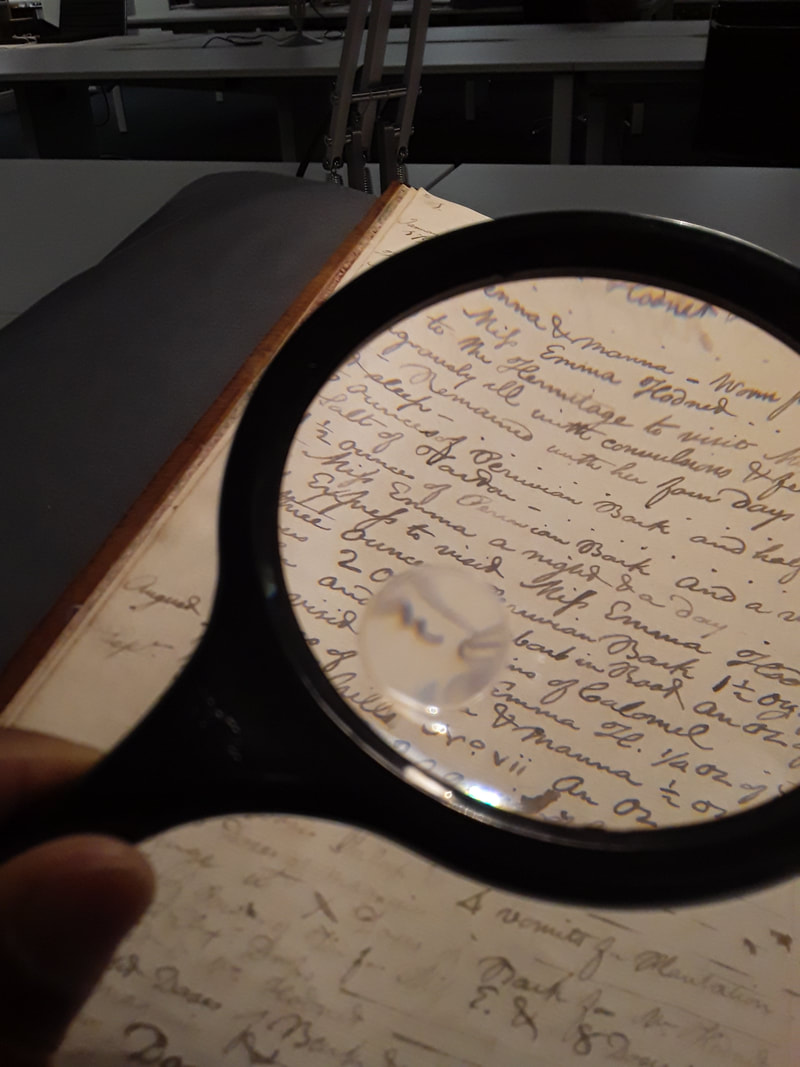
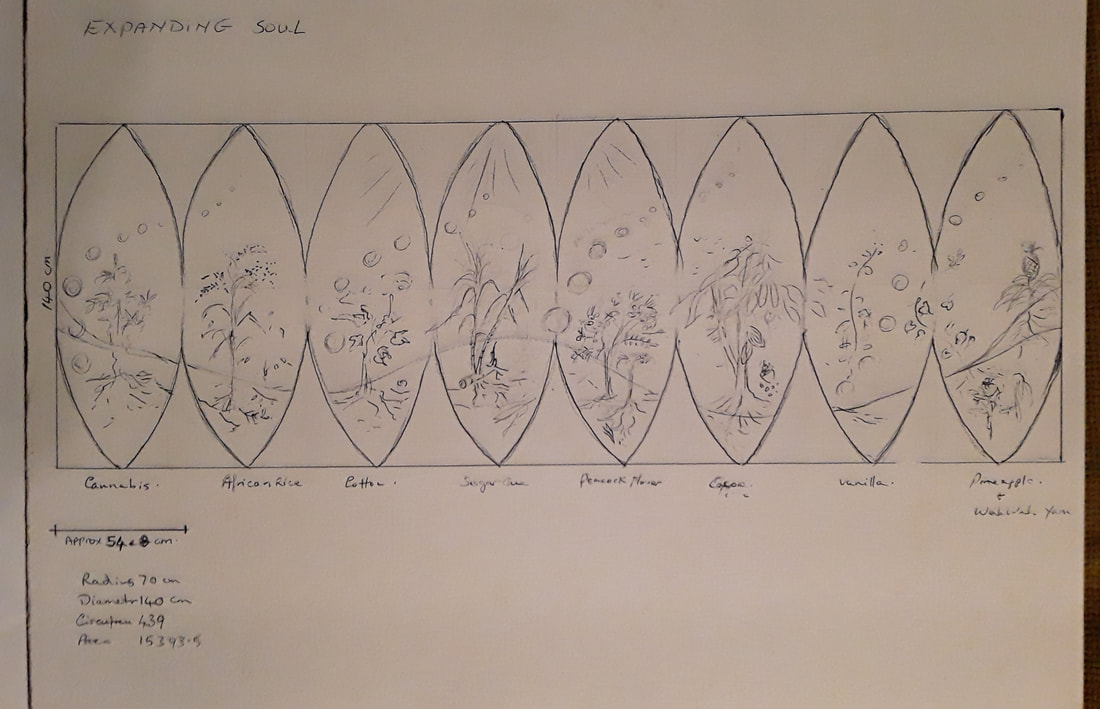
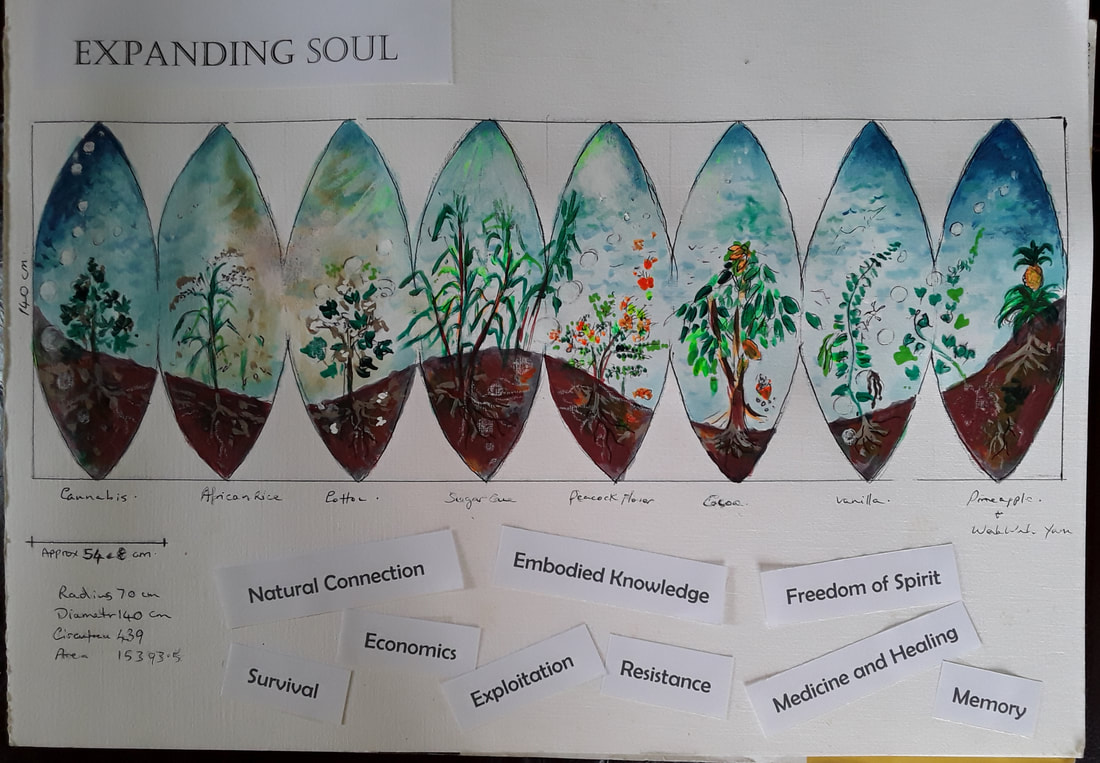
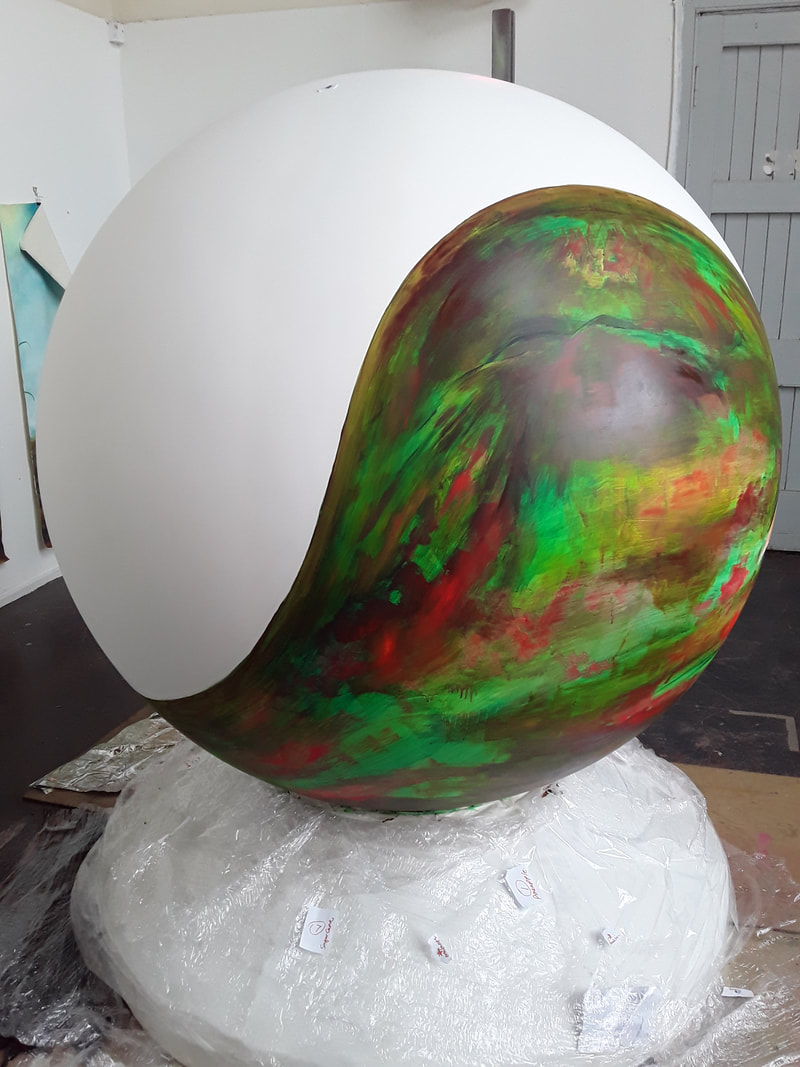
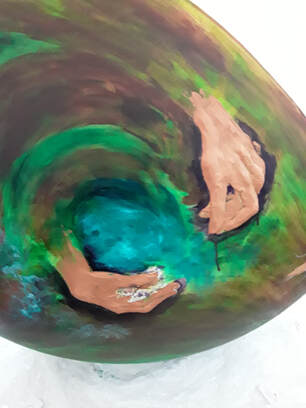
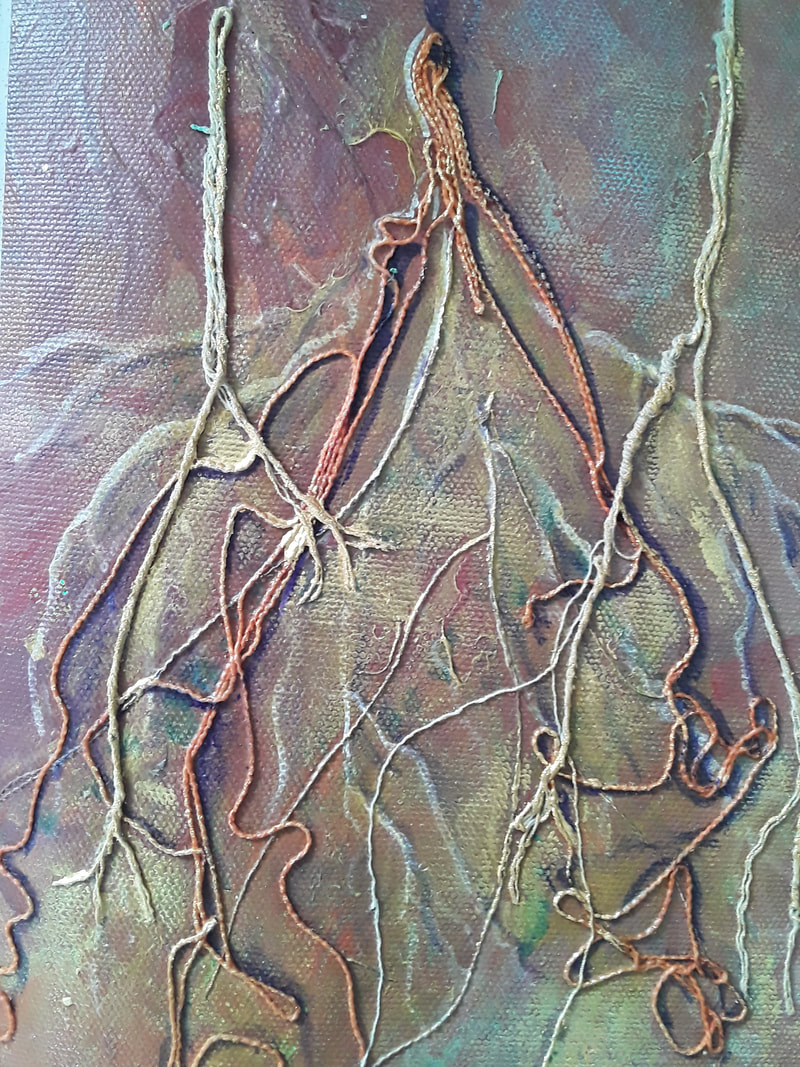
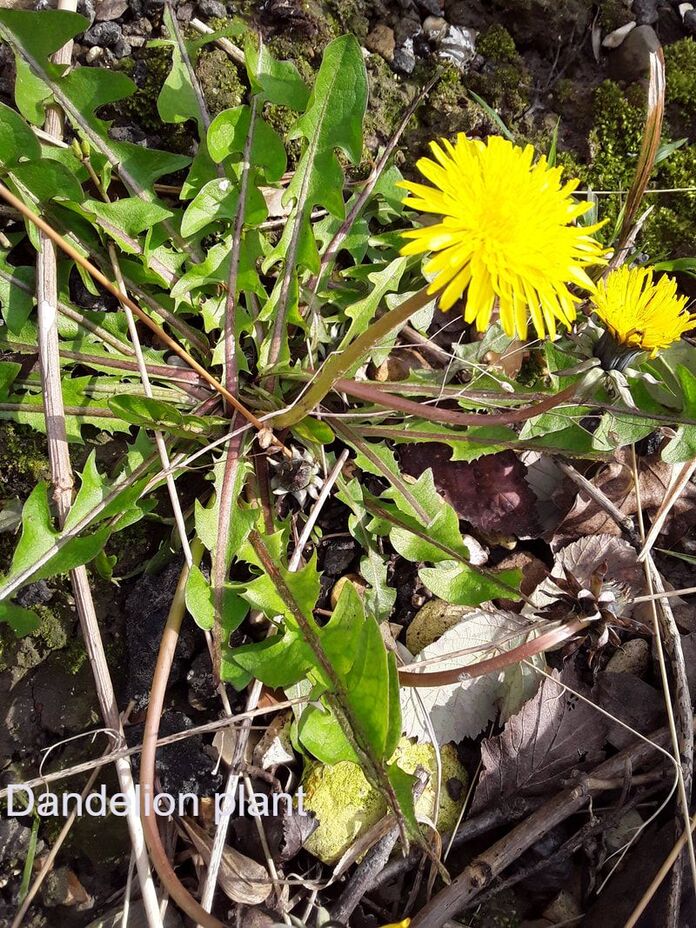
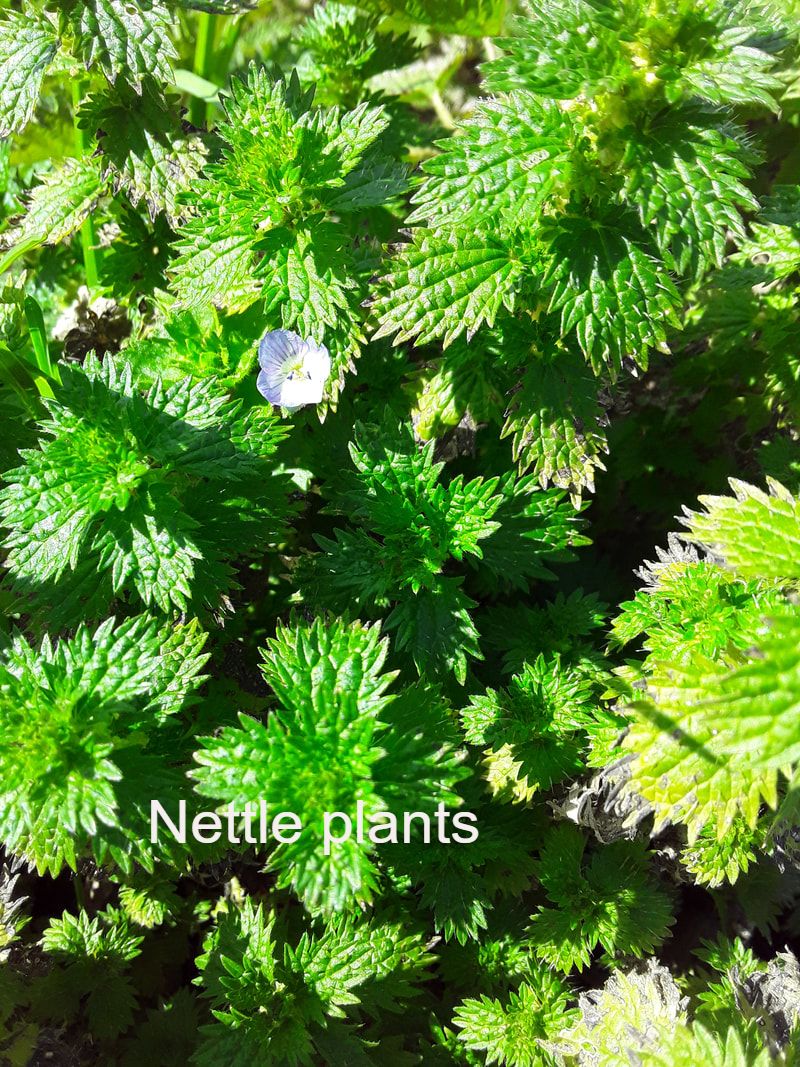
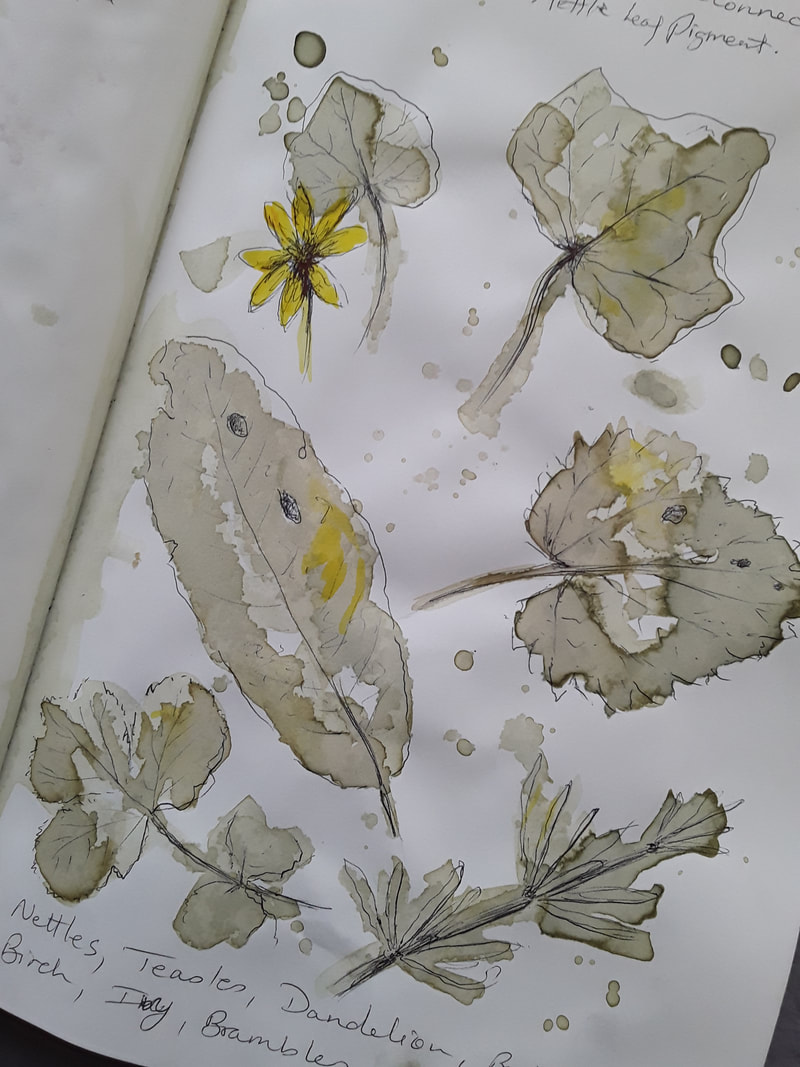
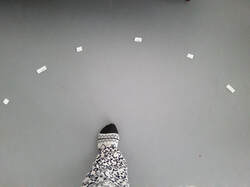
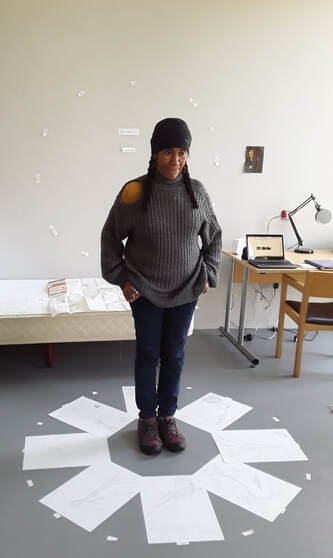
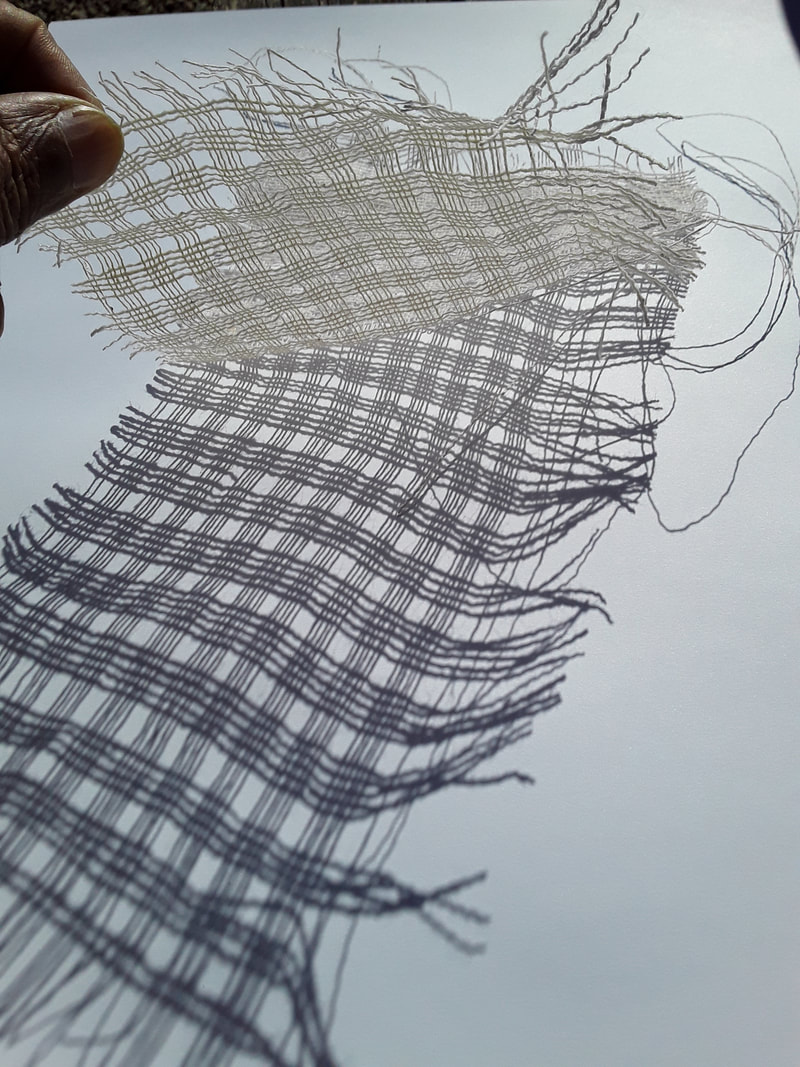
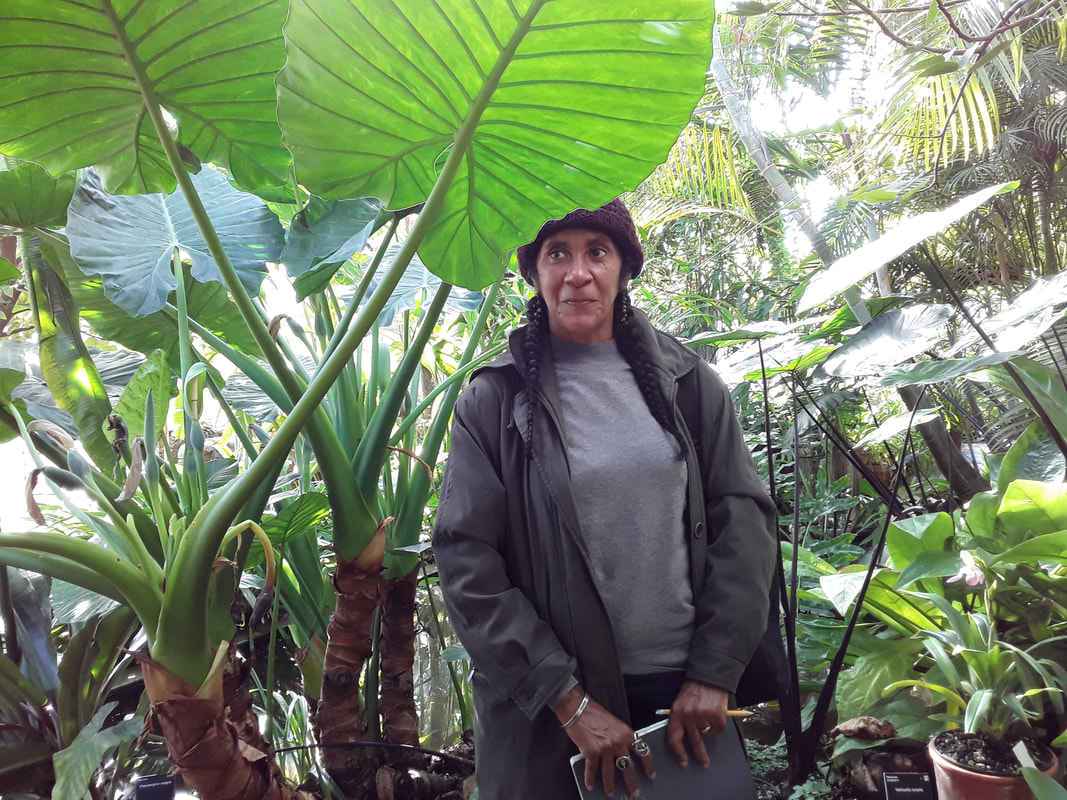
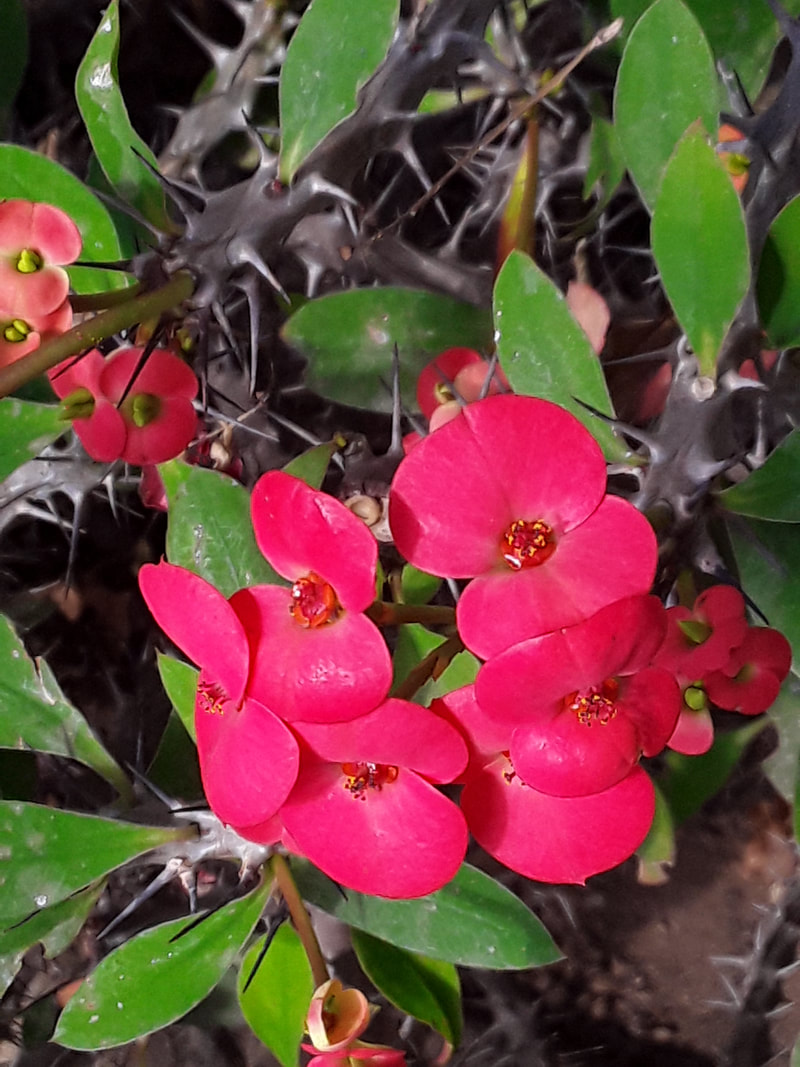
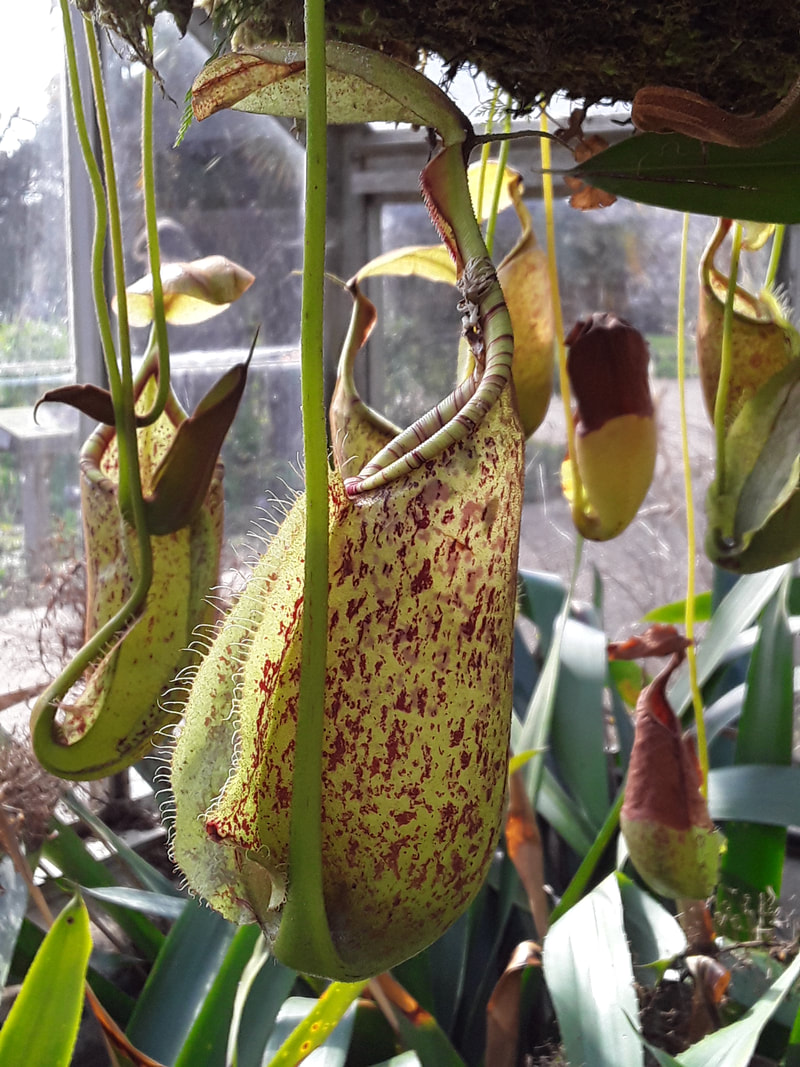
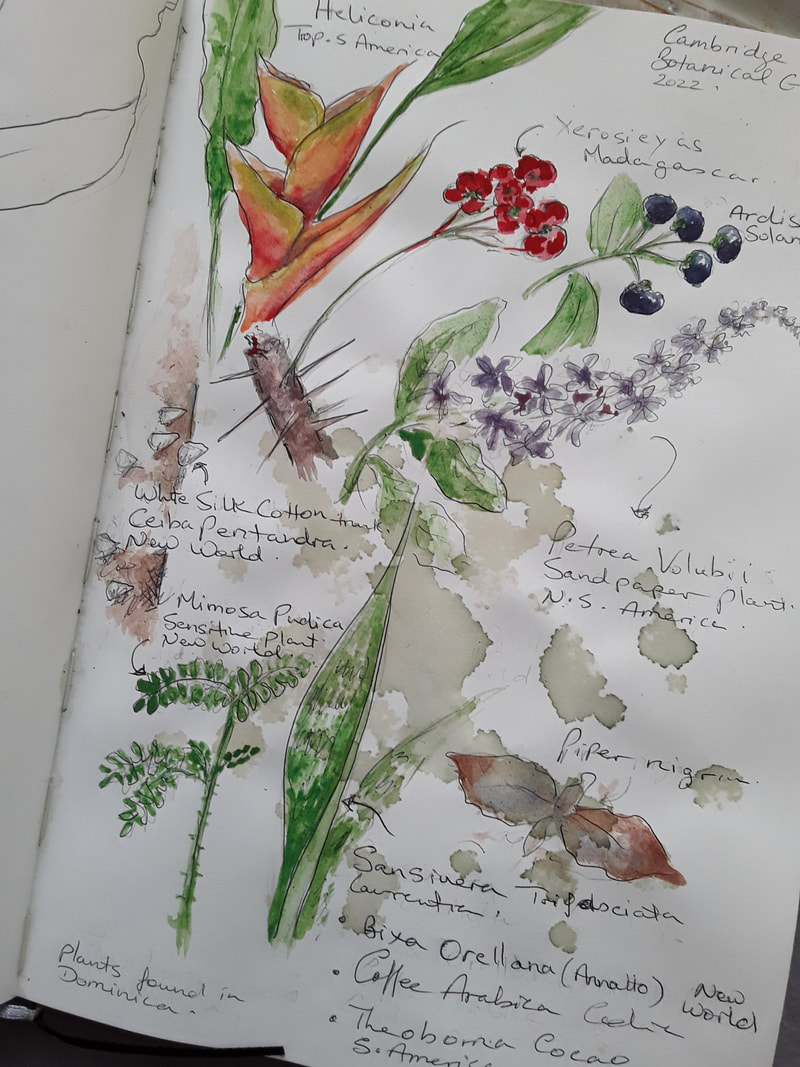
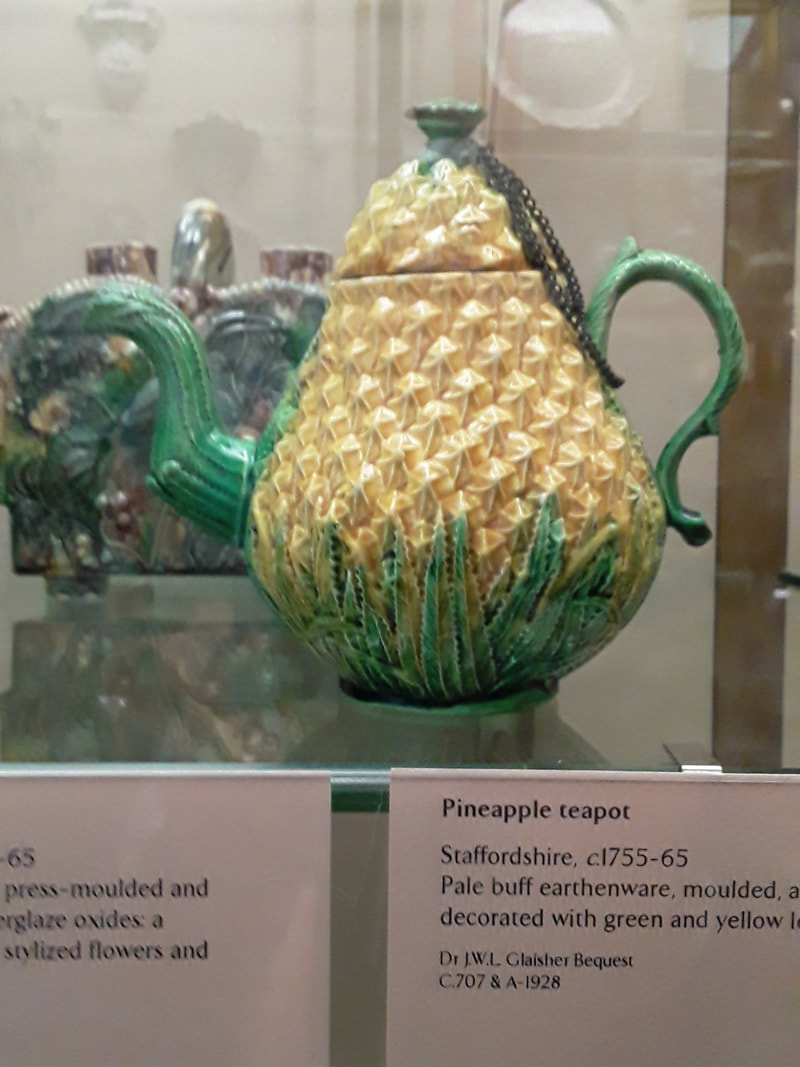
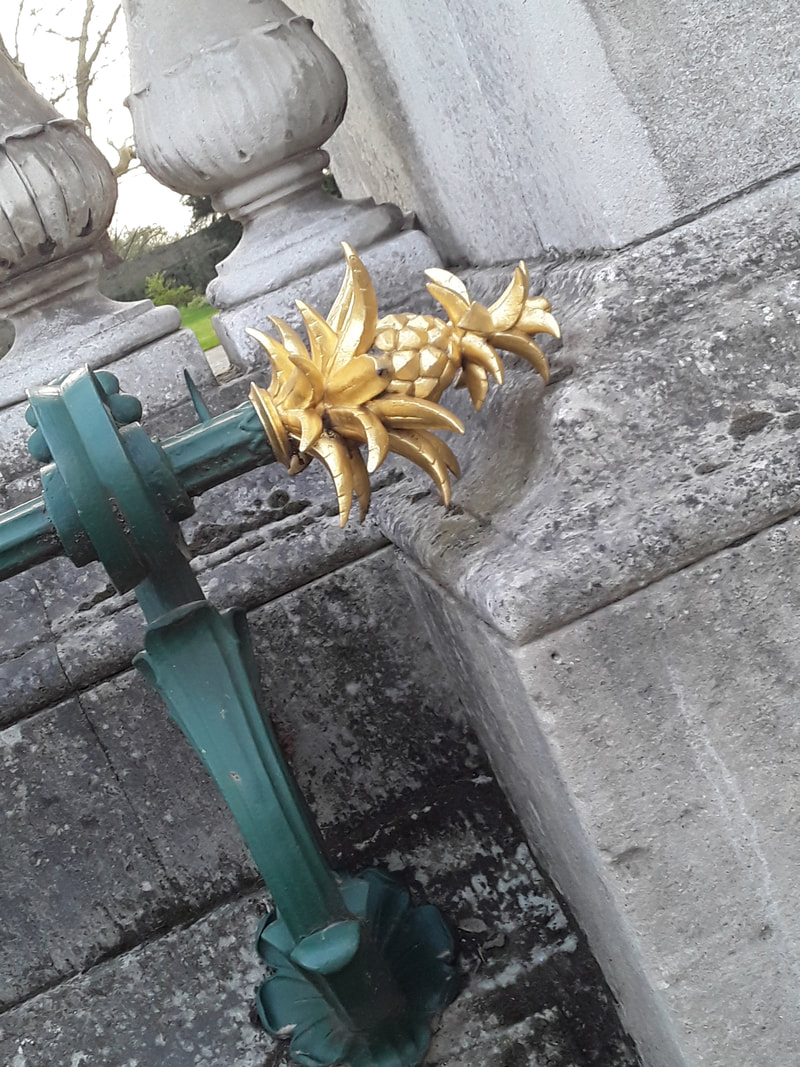
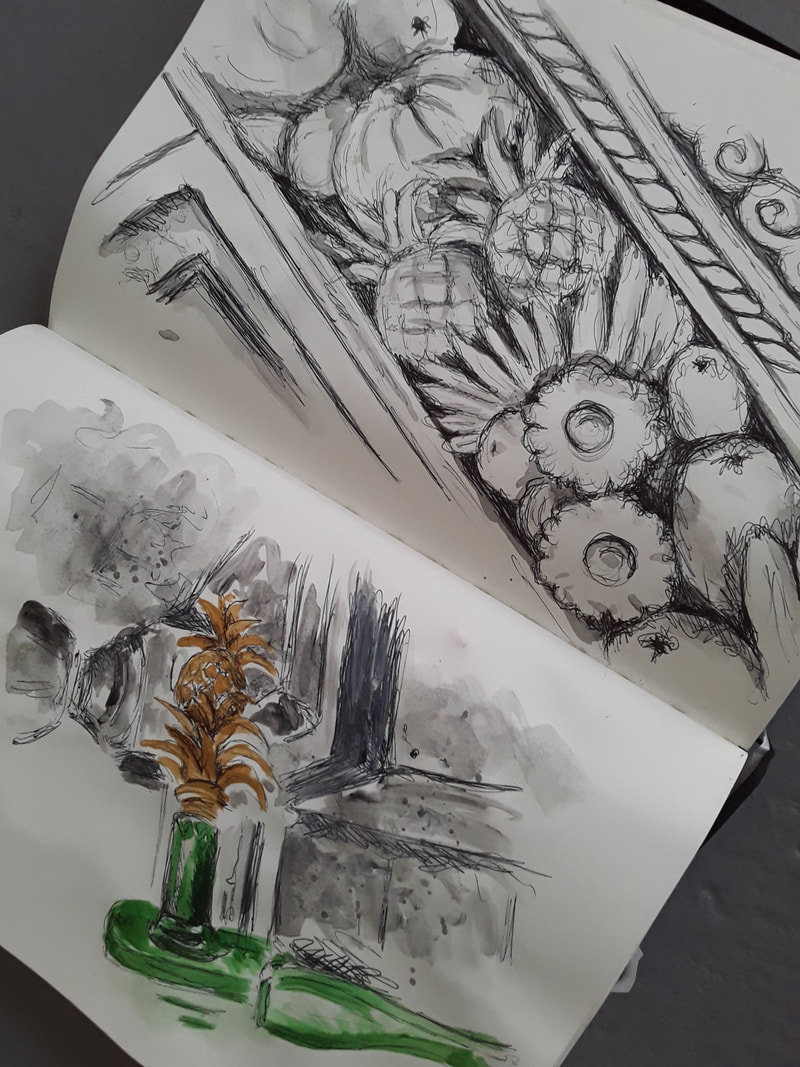
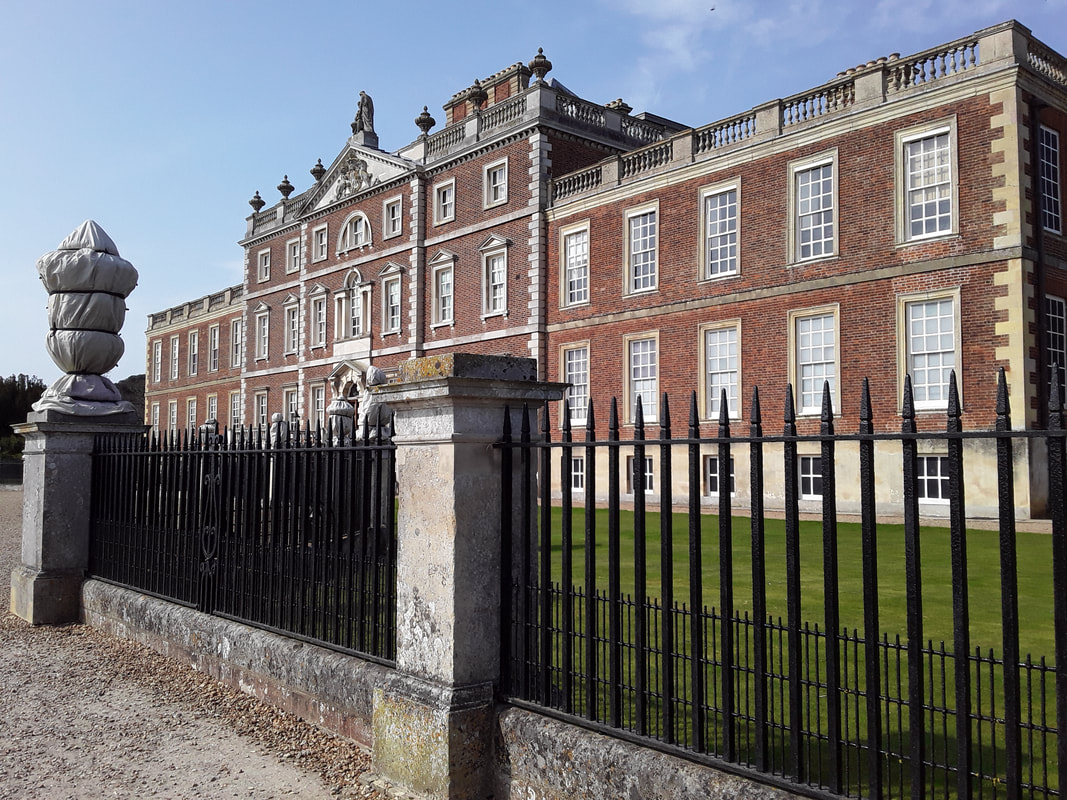
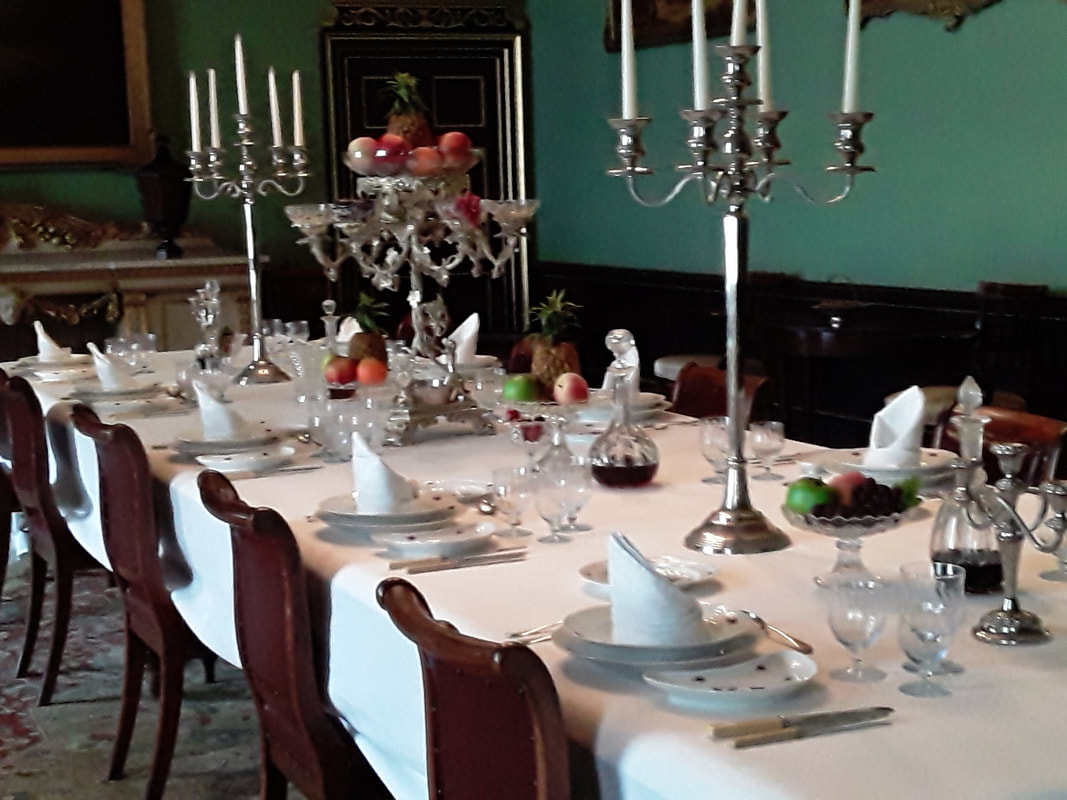
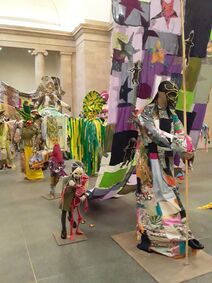

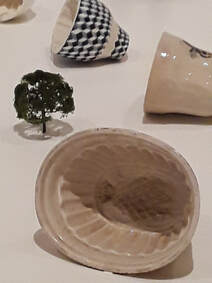
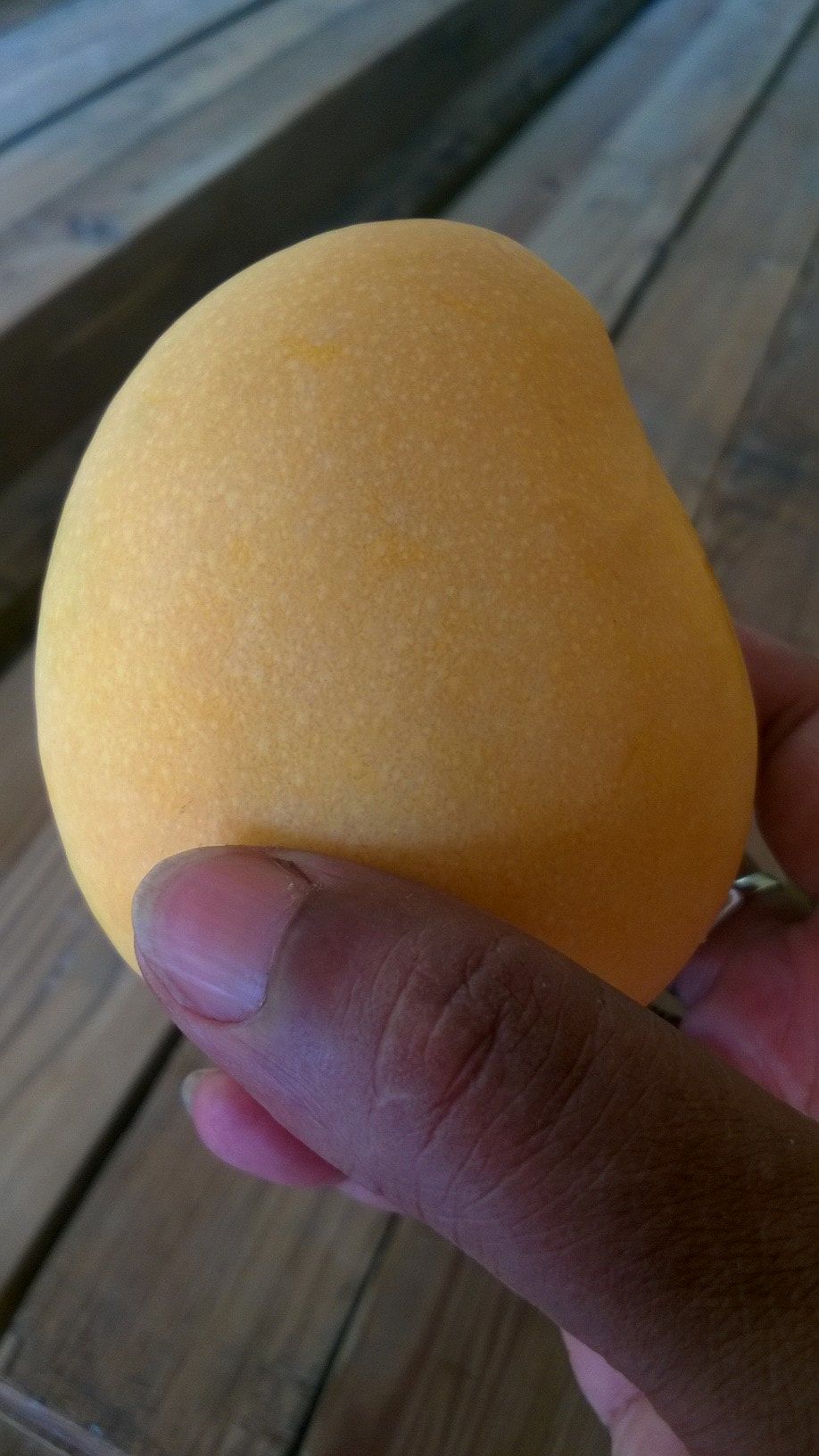
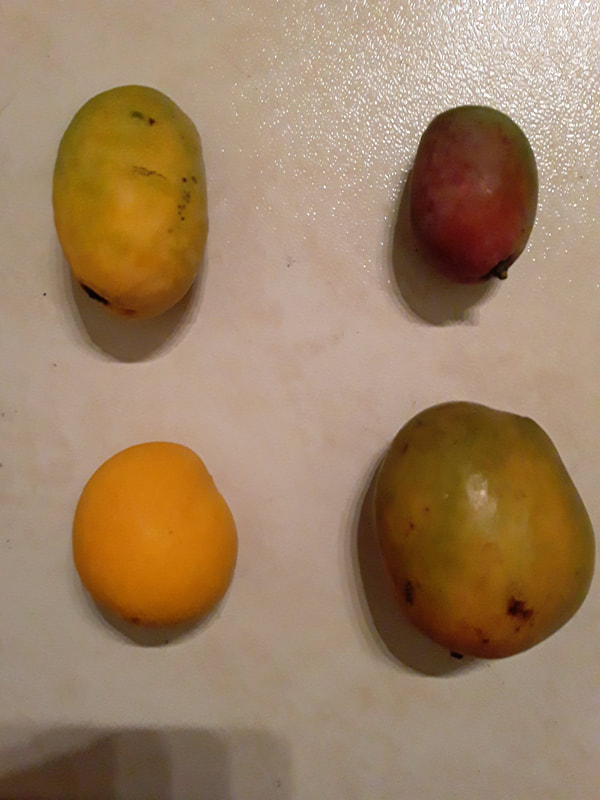
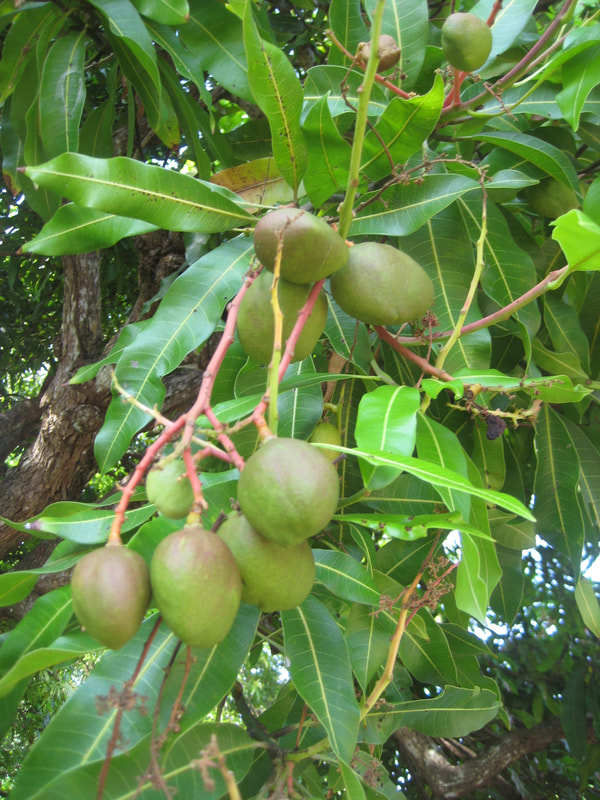
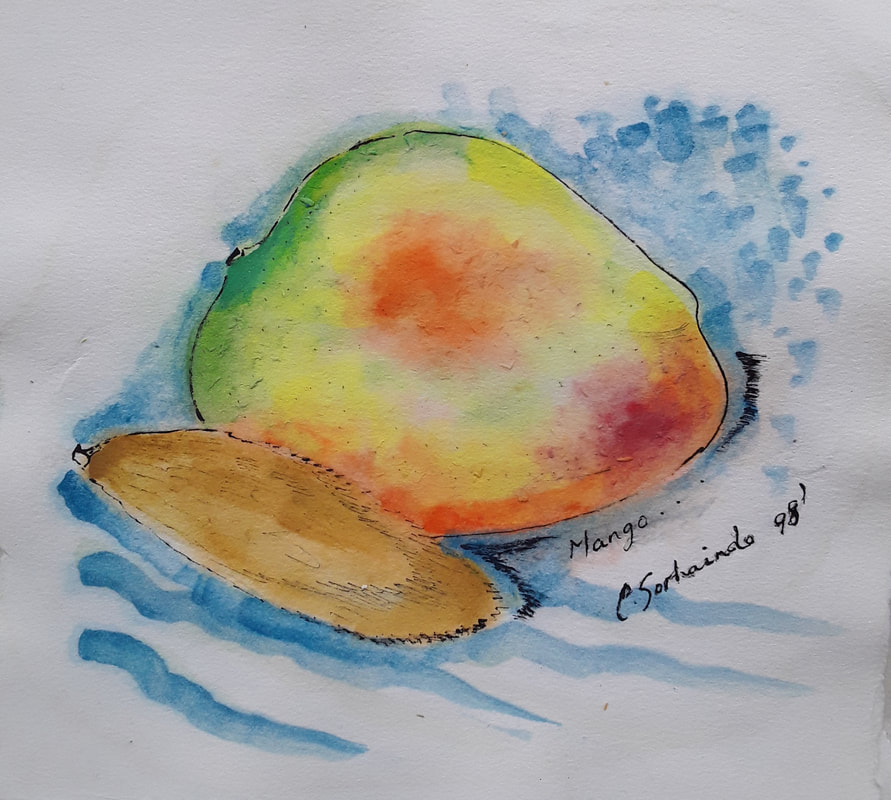
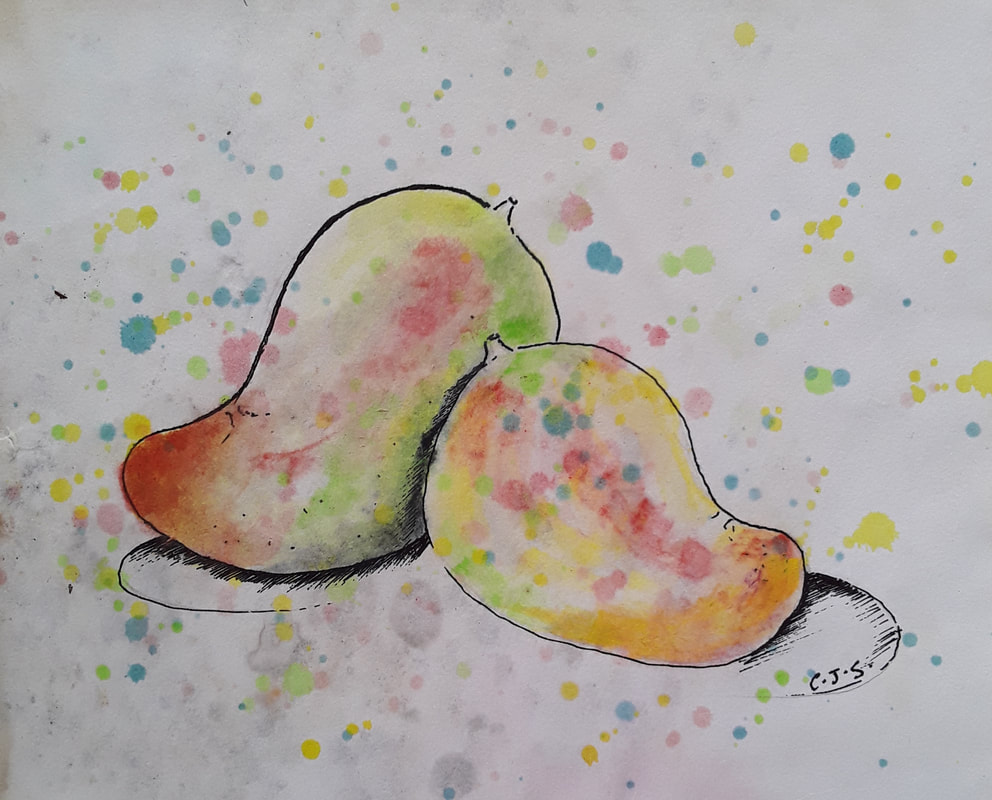
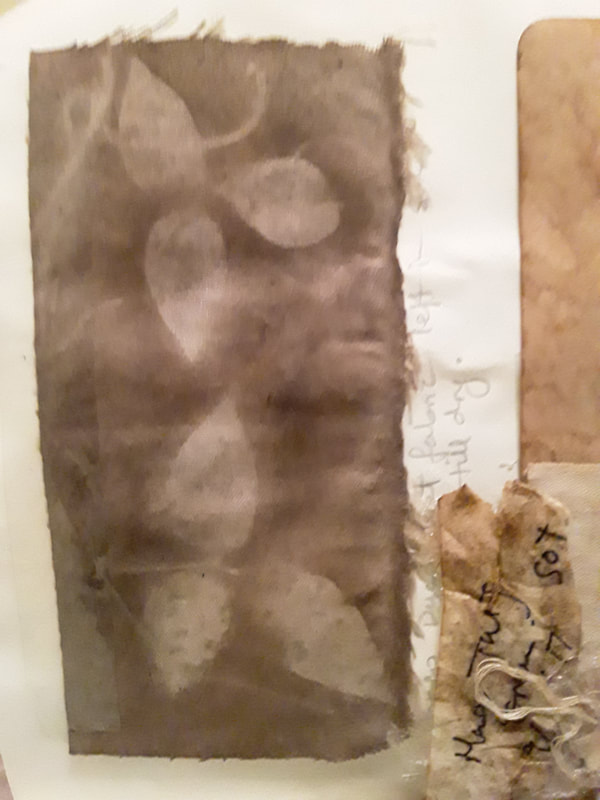
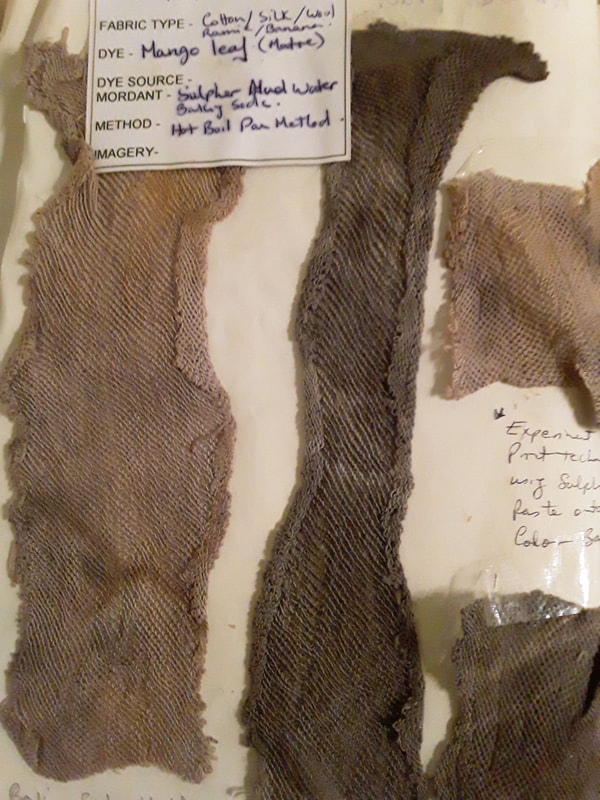
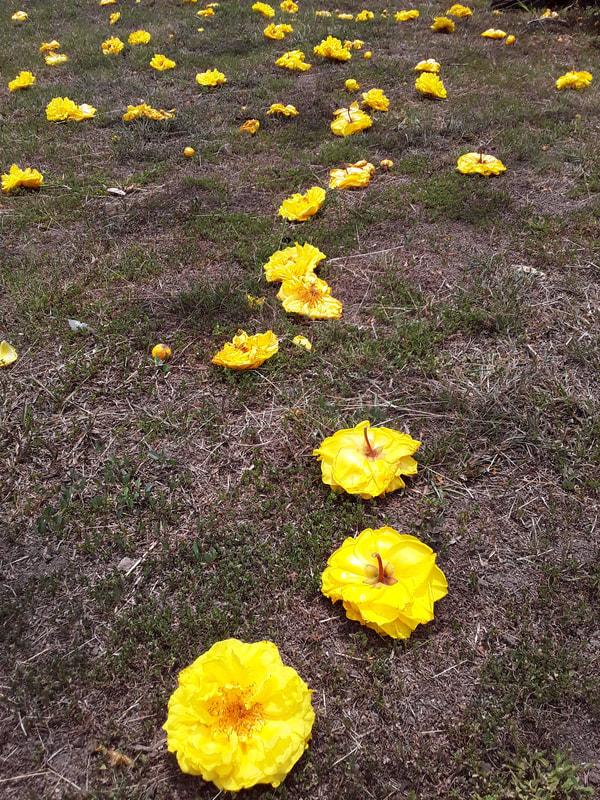
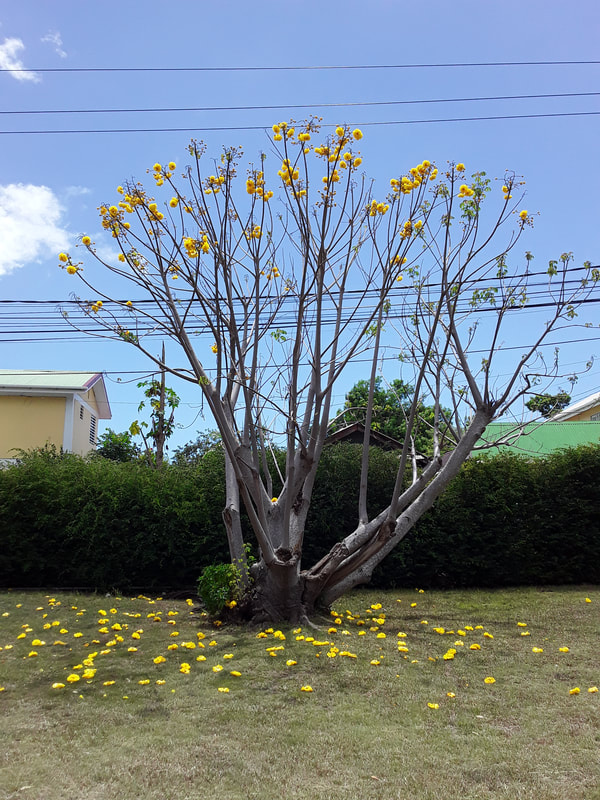
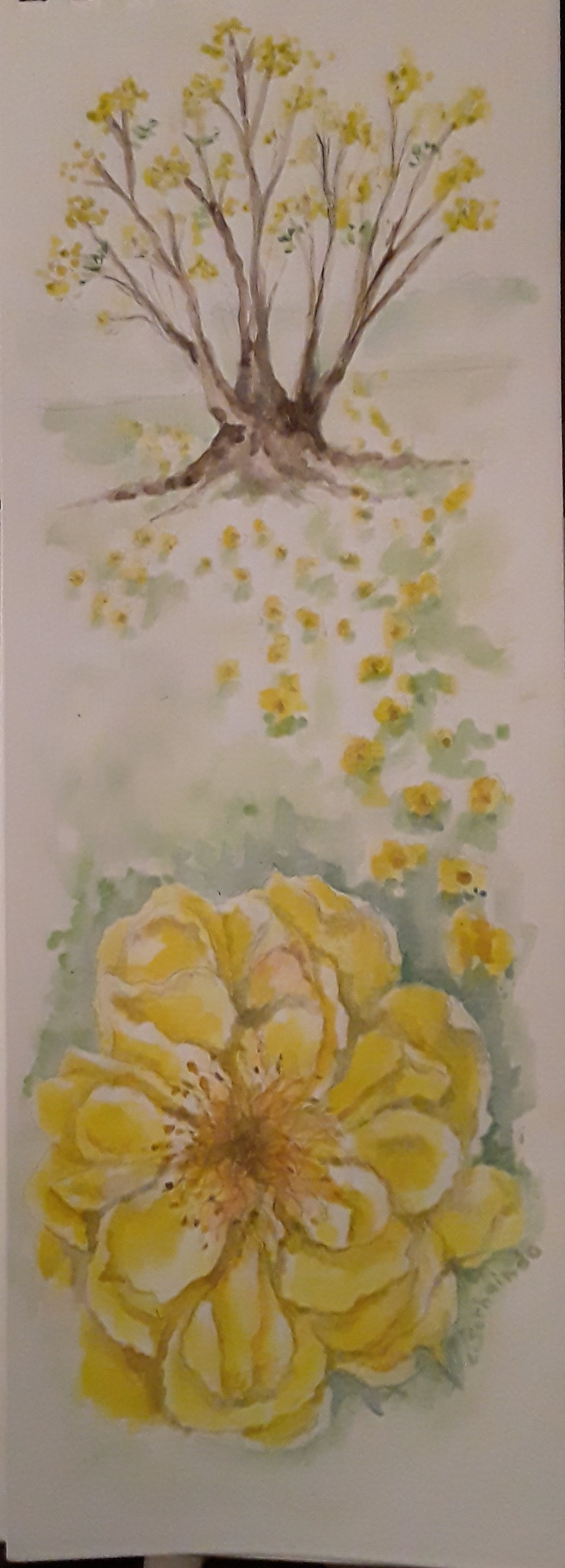
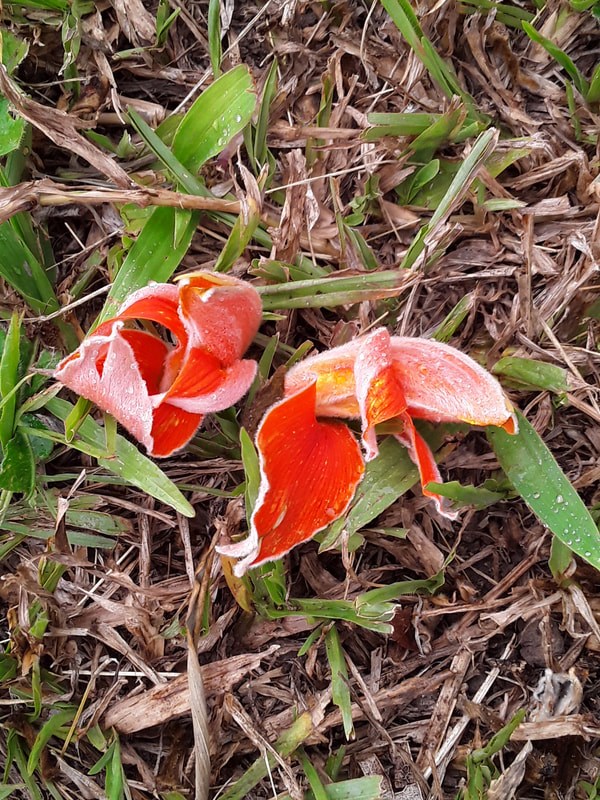
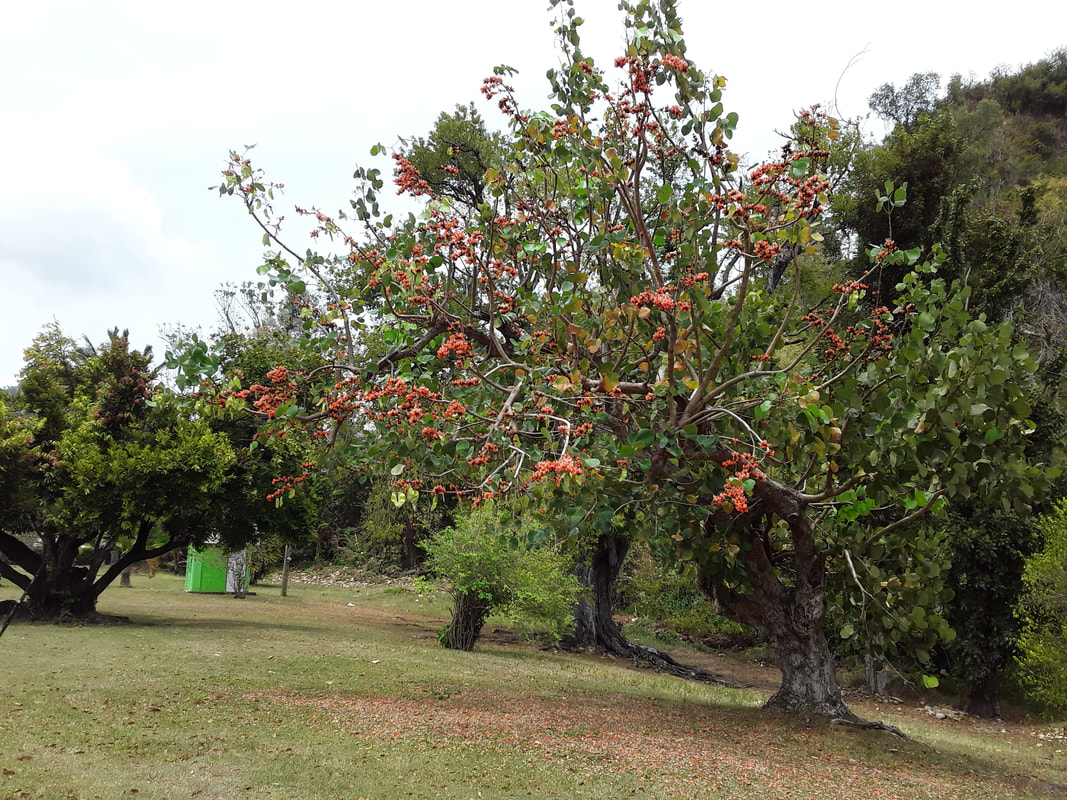
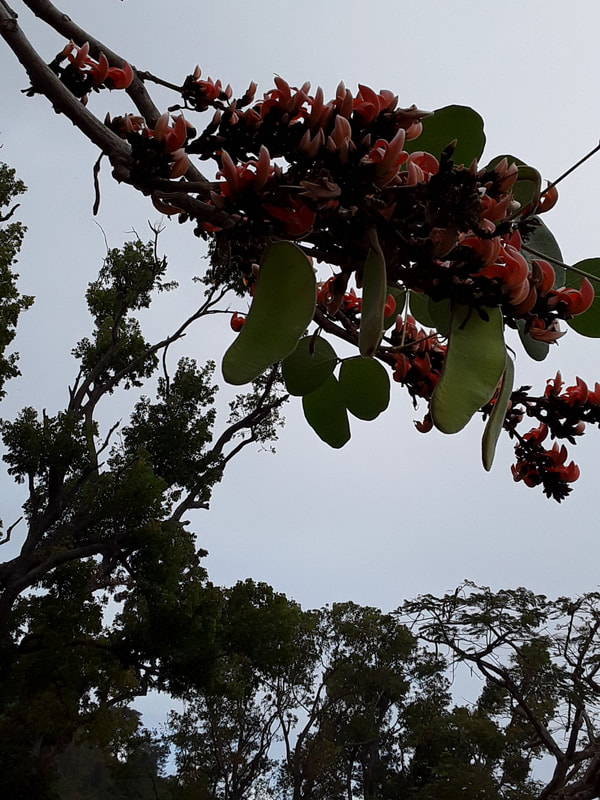
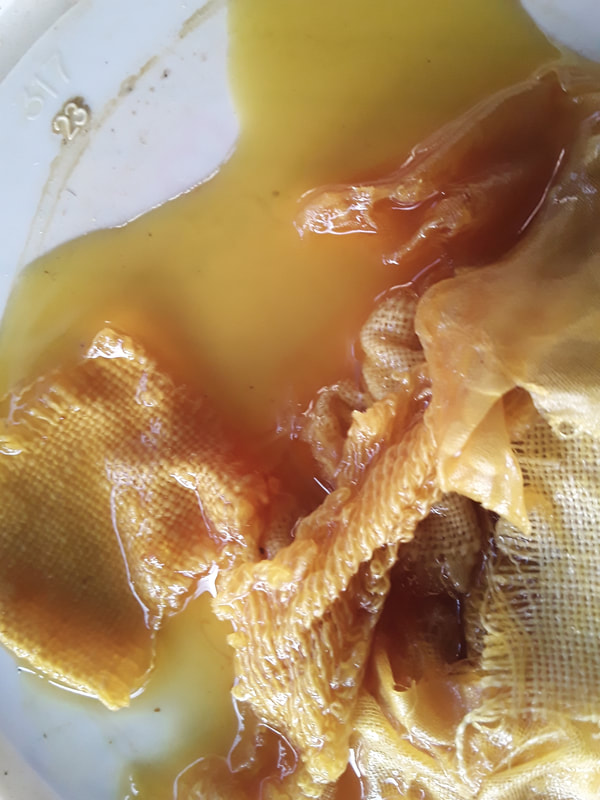
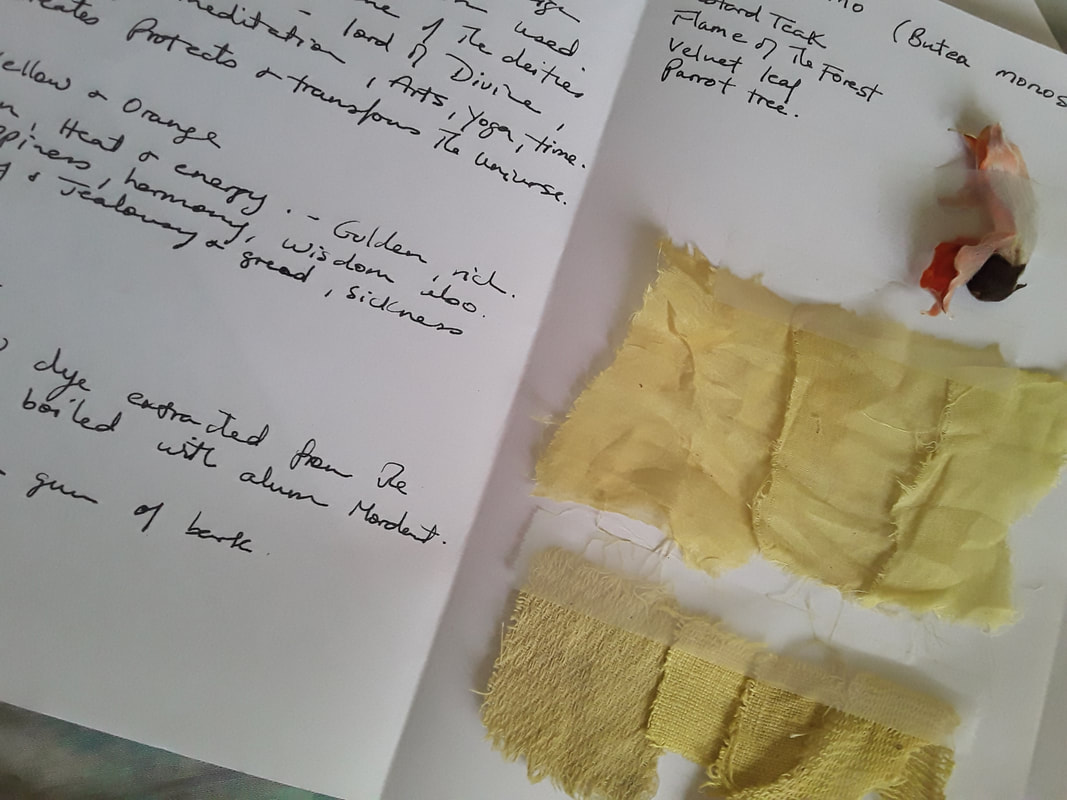
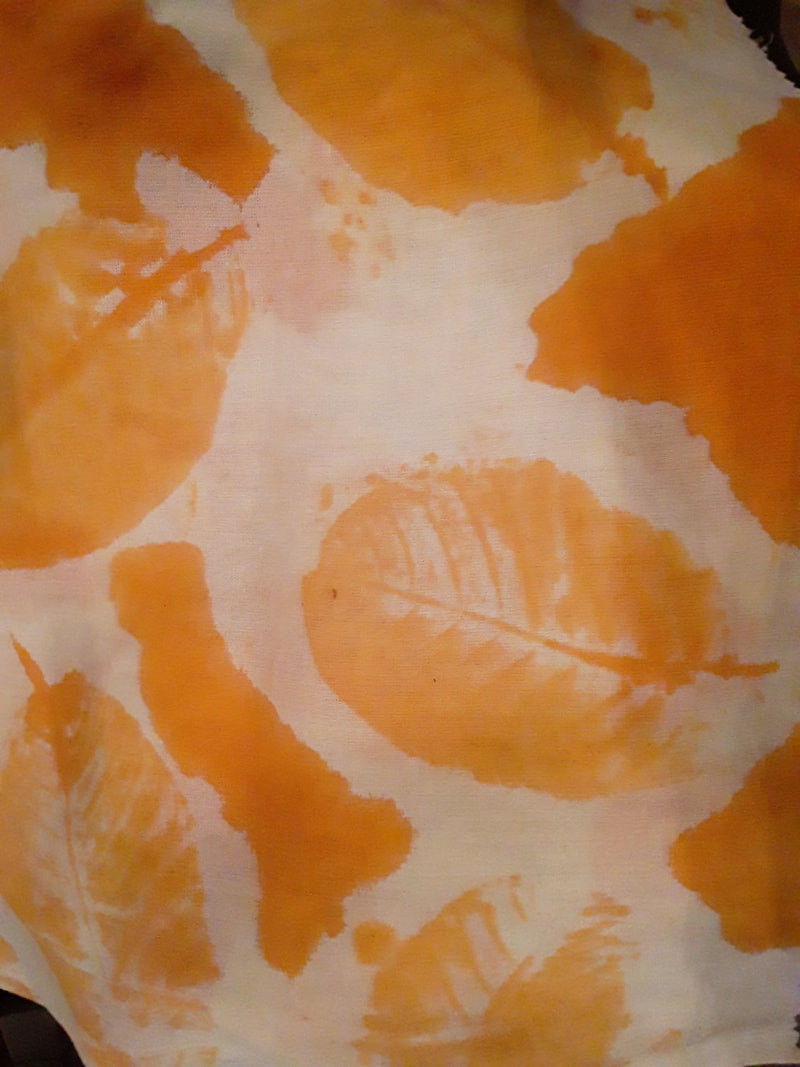
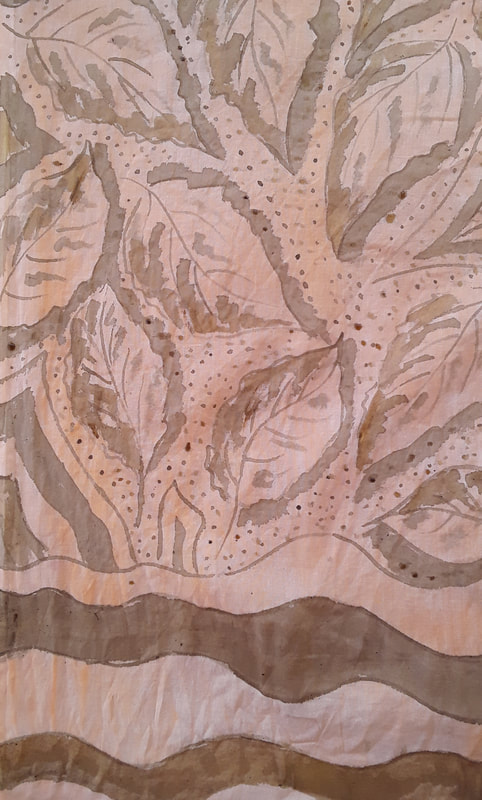
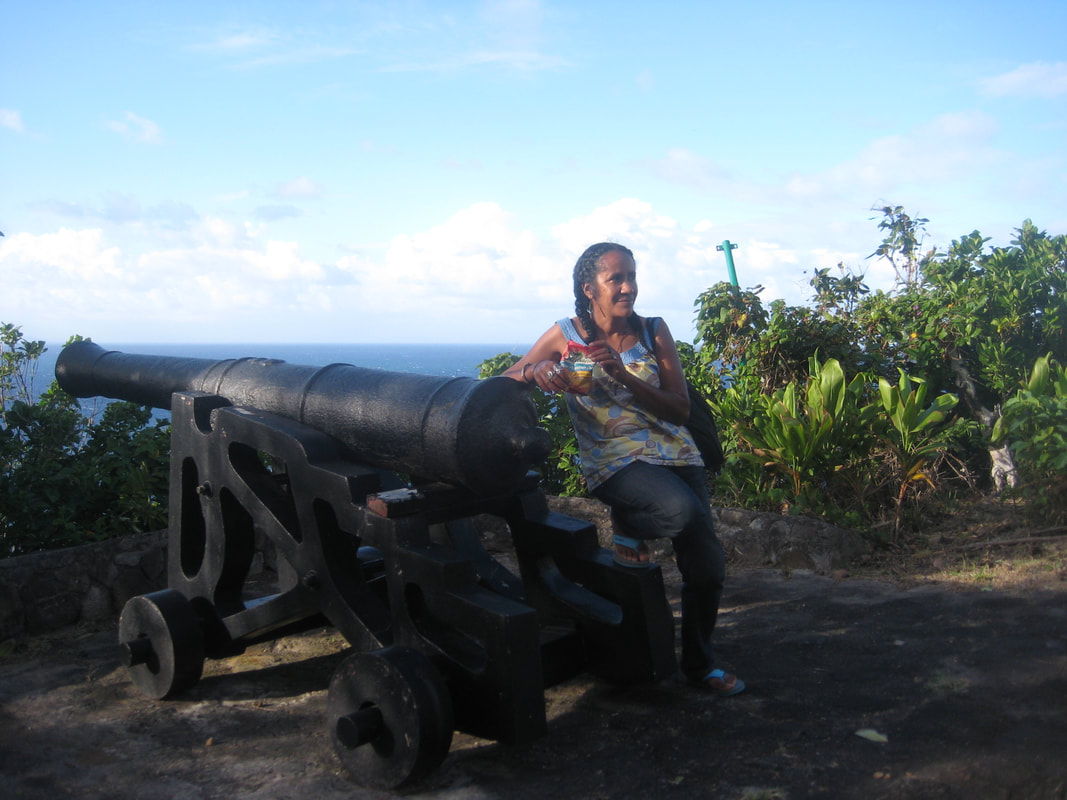
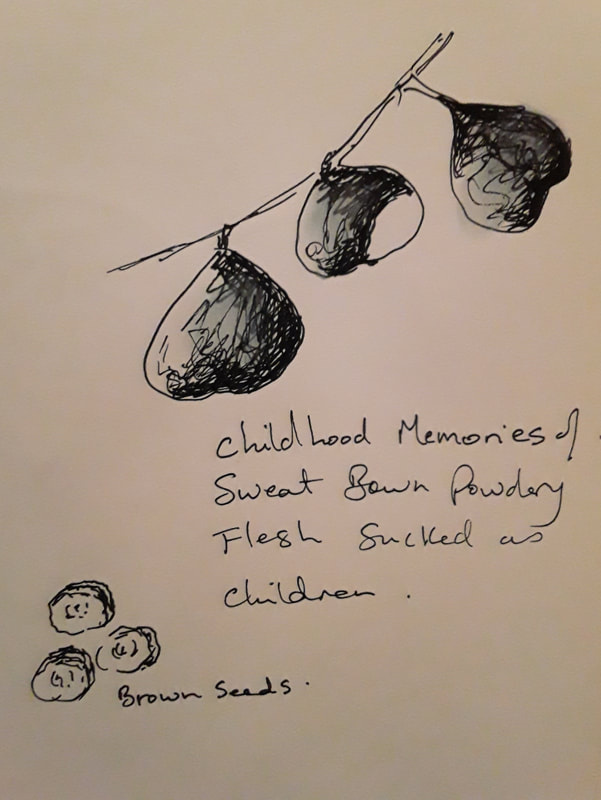
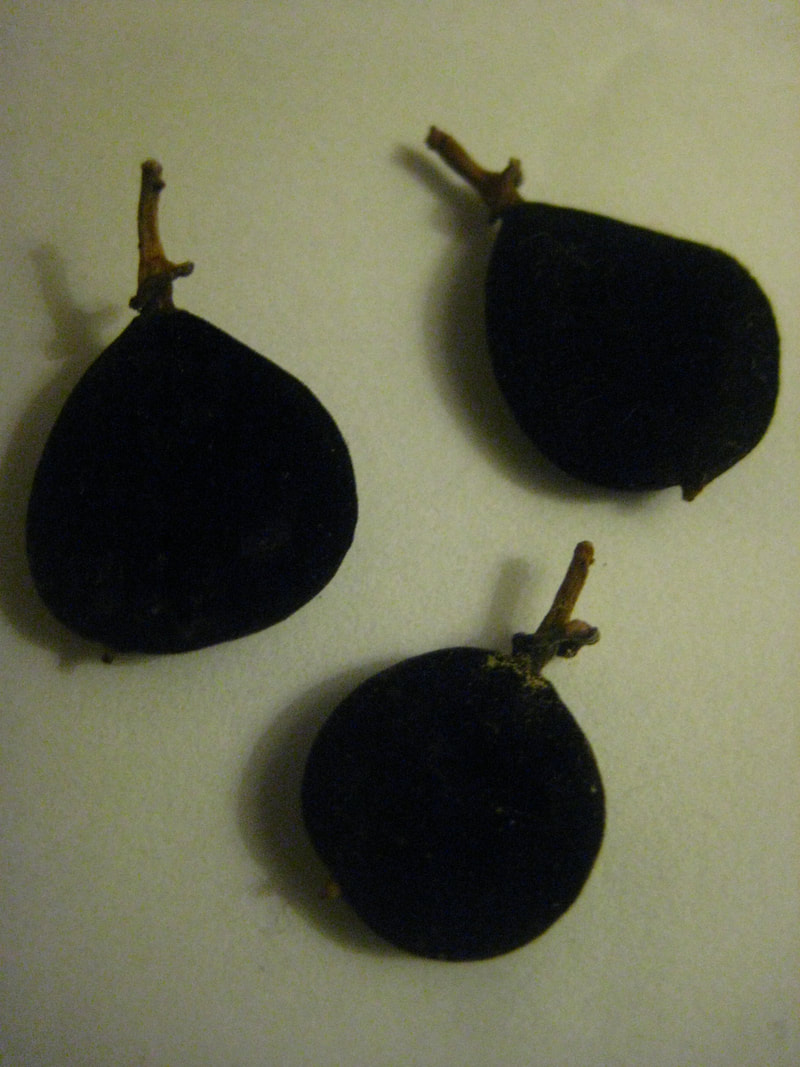
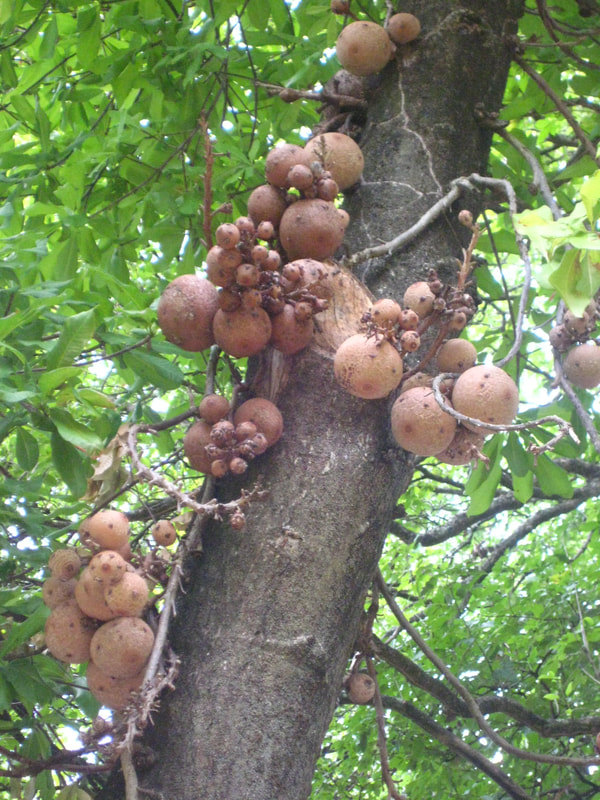
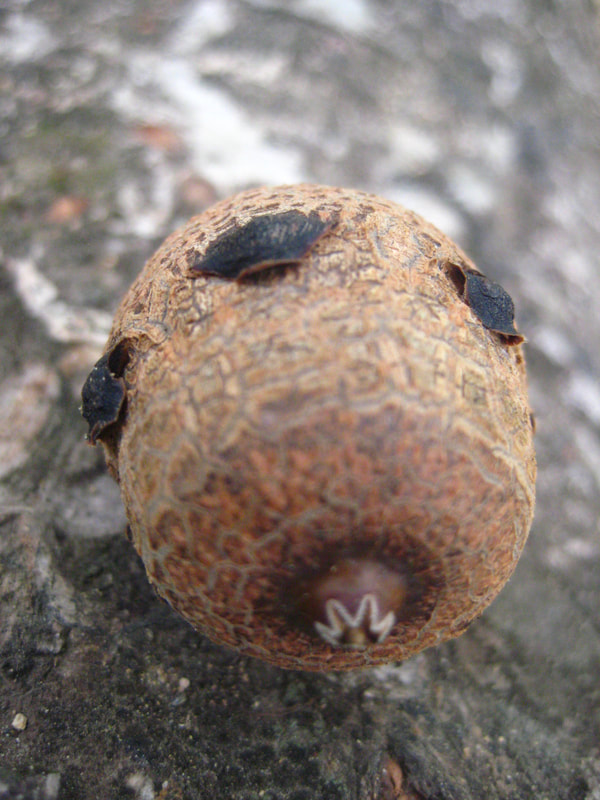
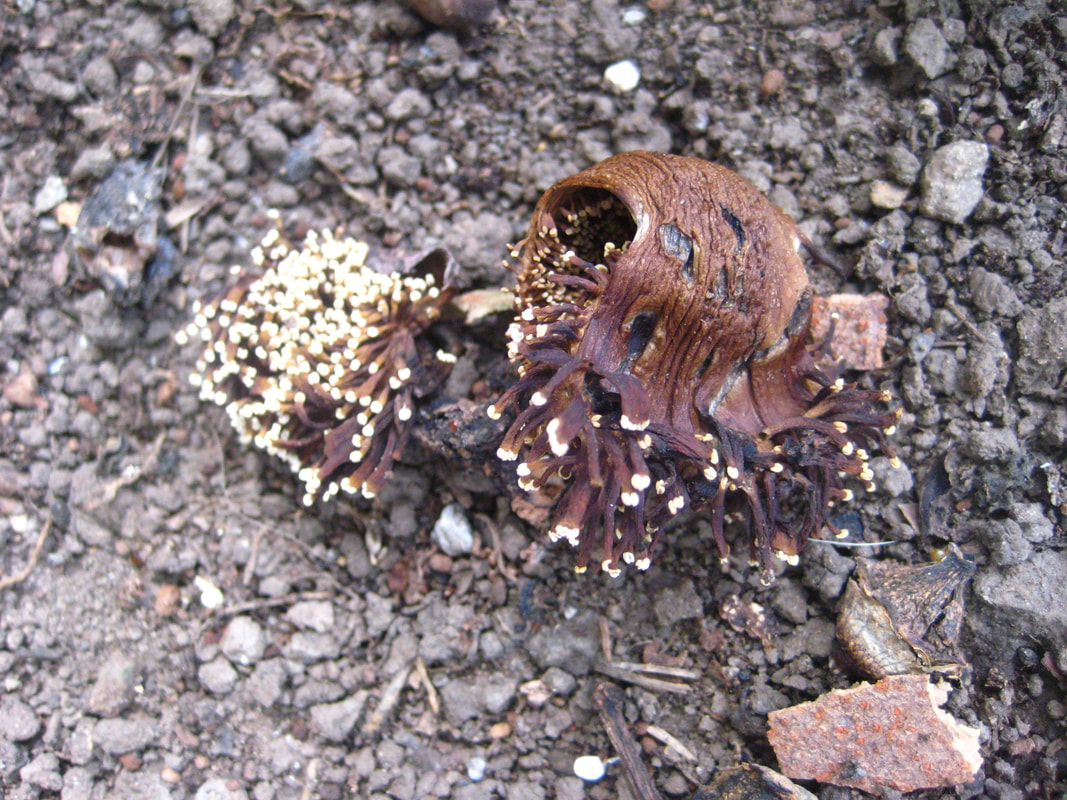
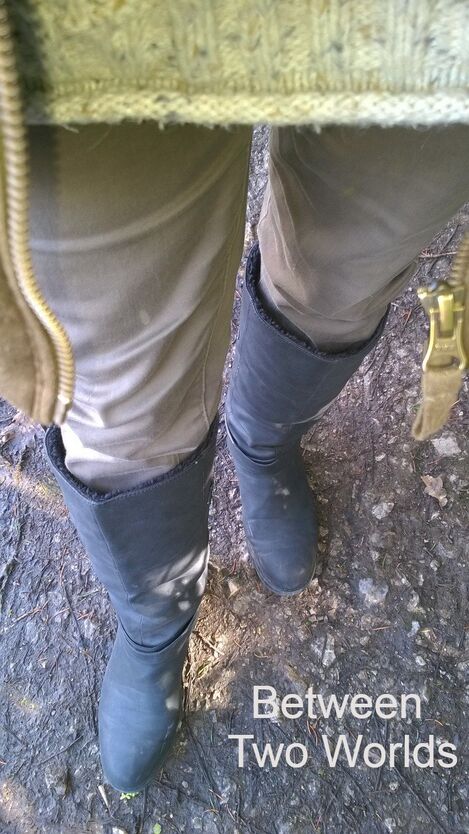
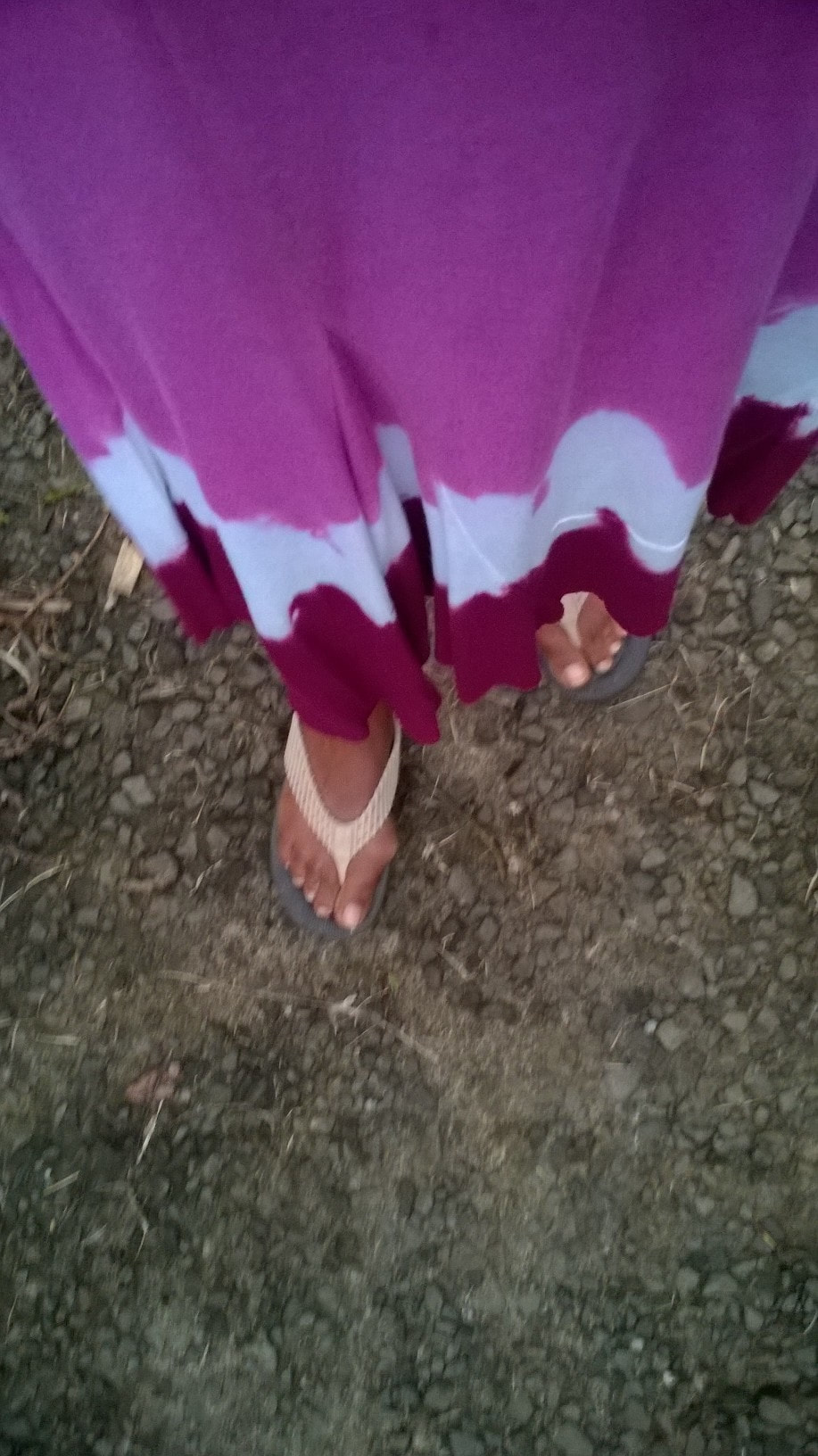
 RSS Feed
RSS Feed